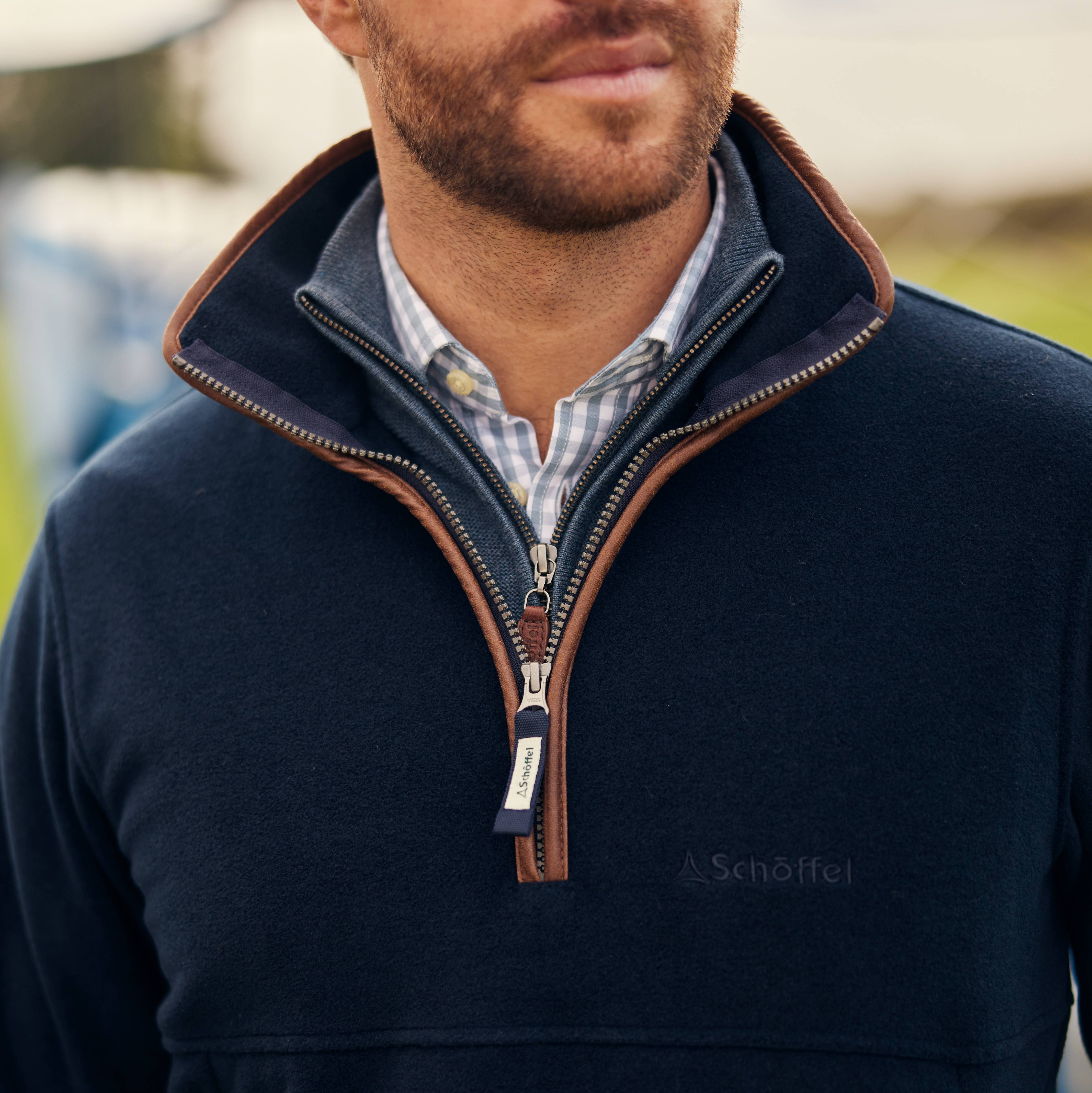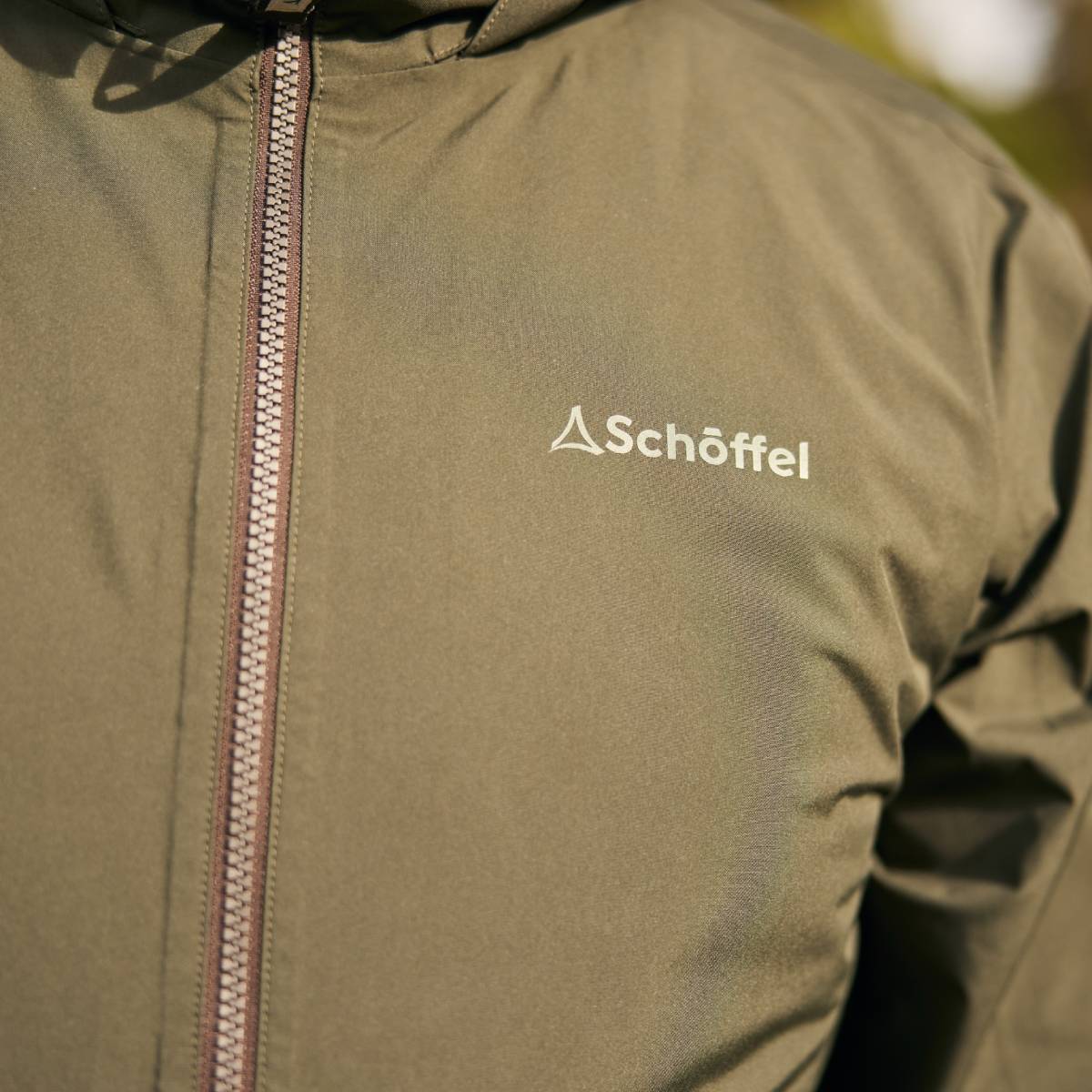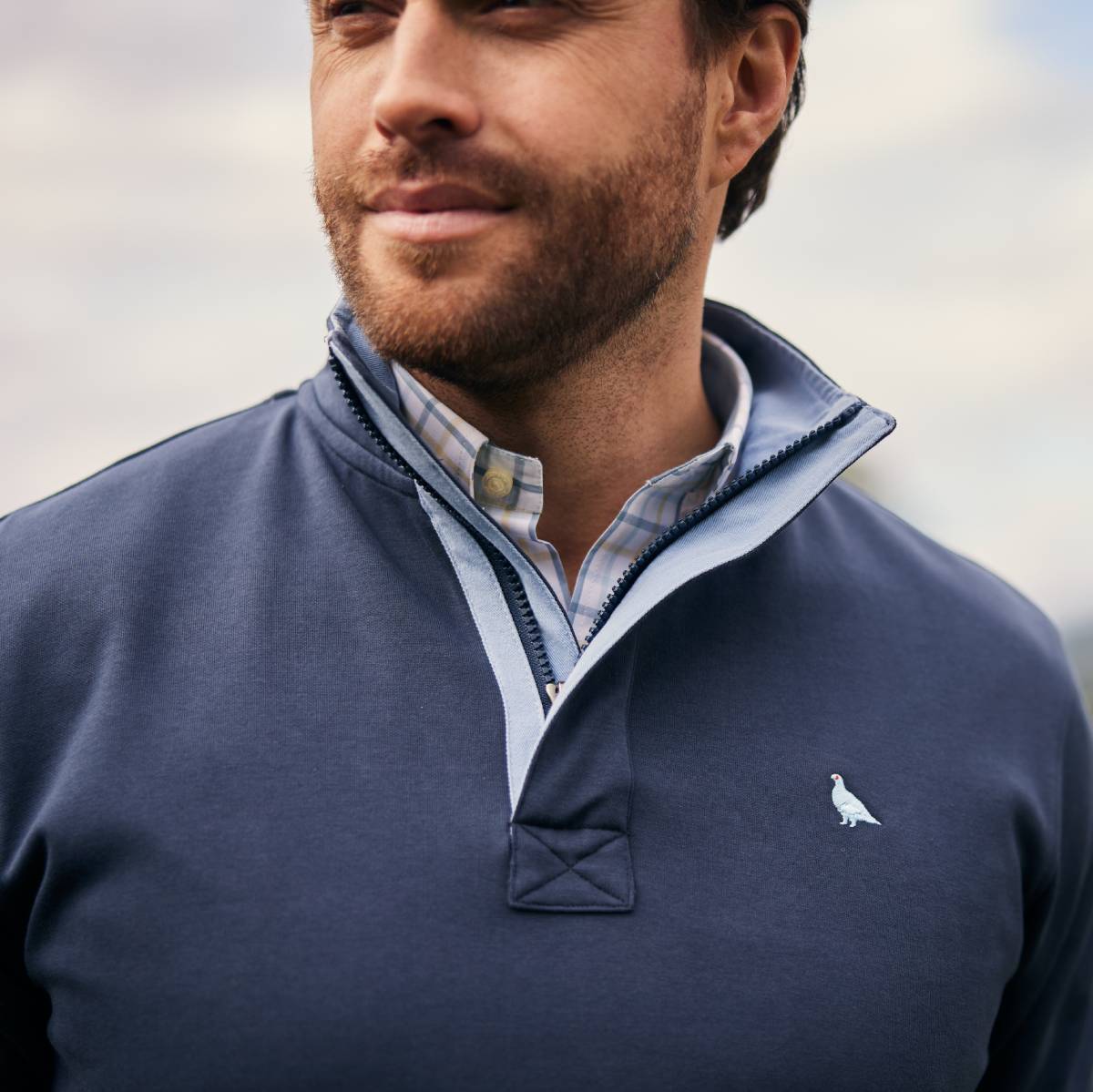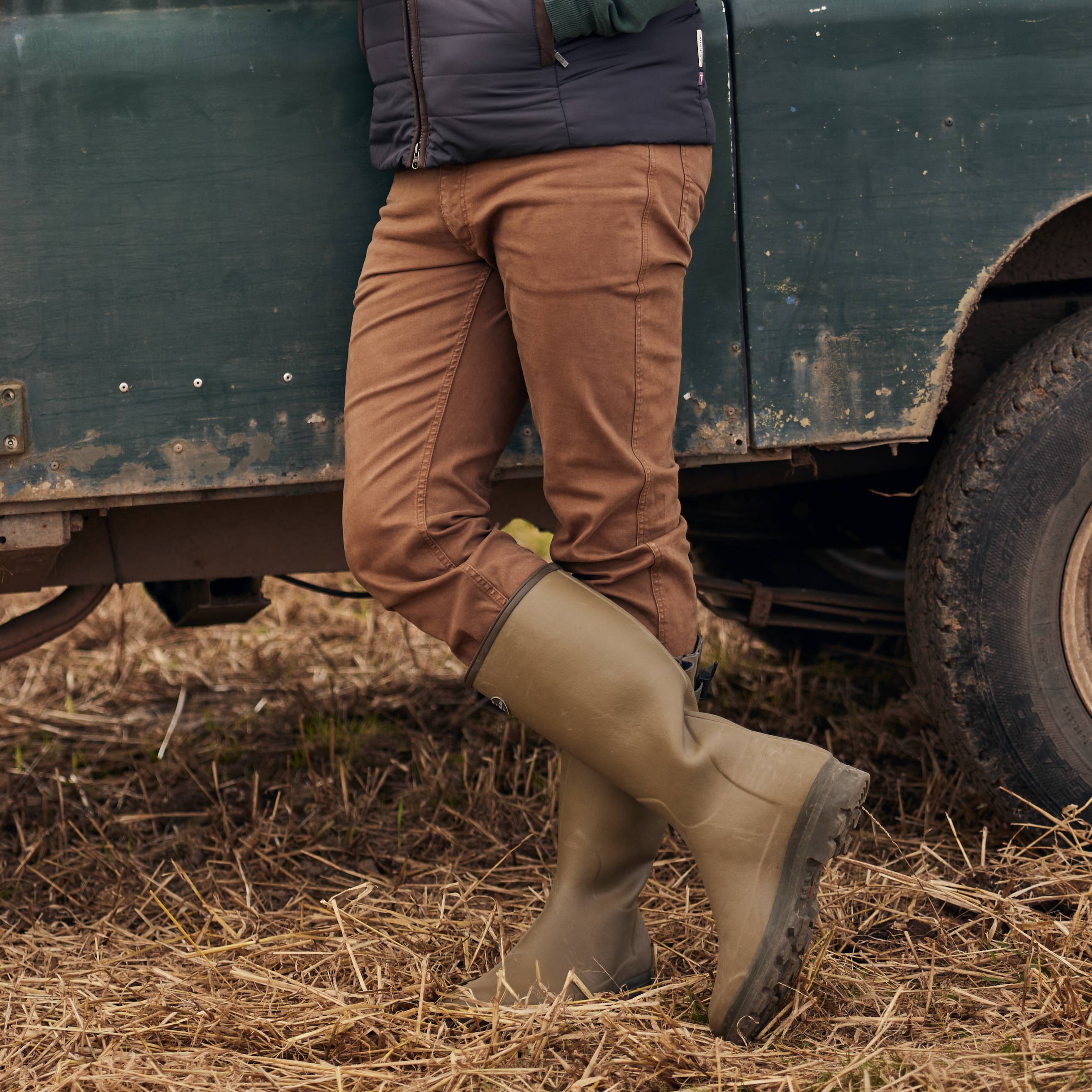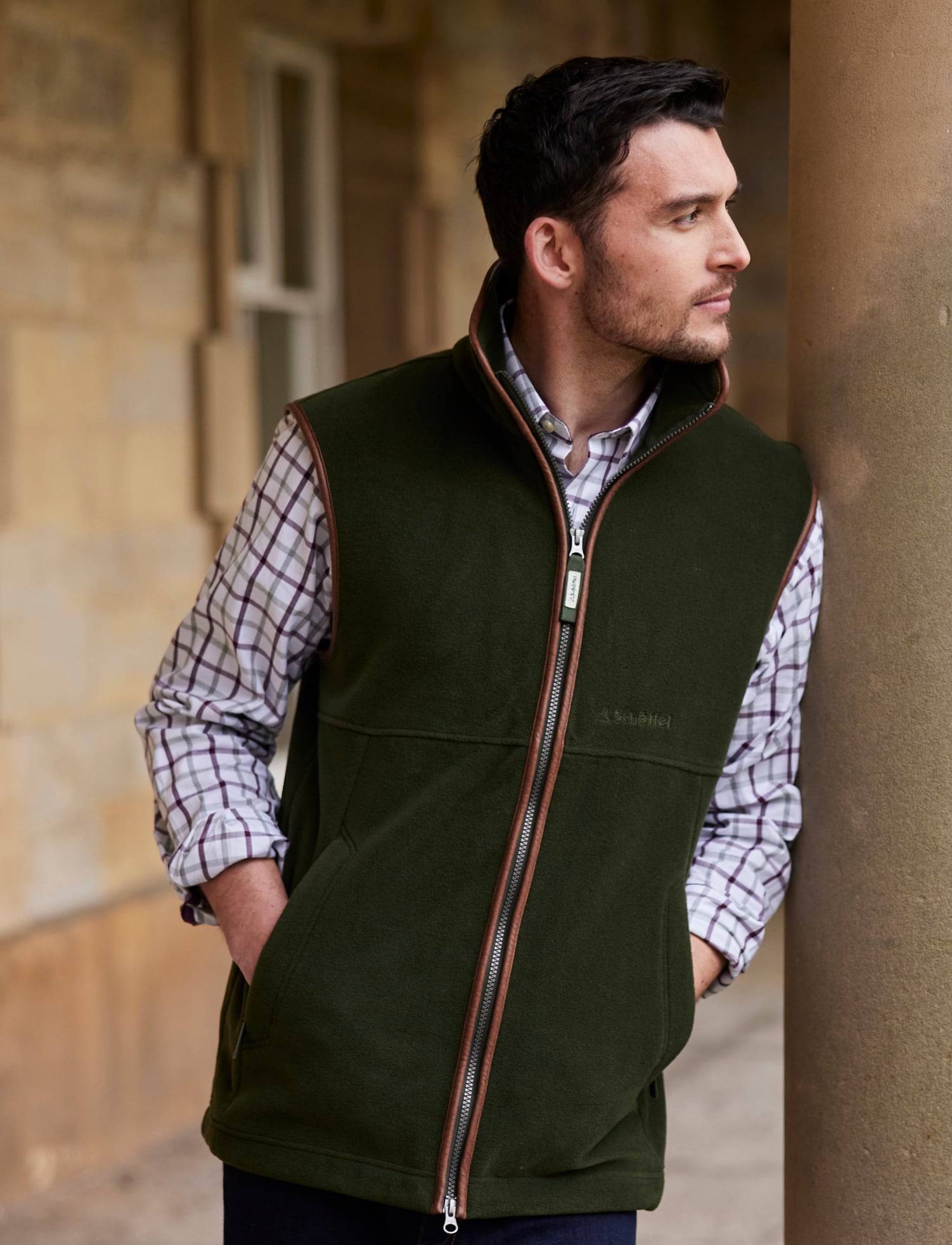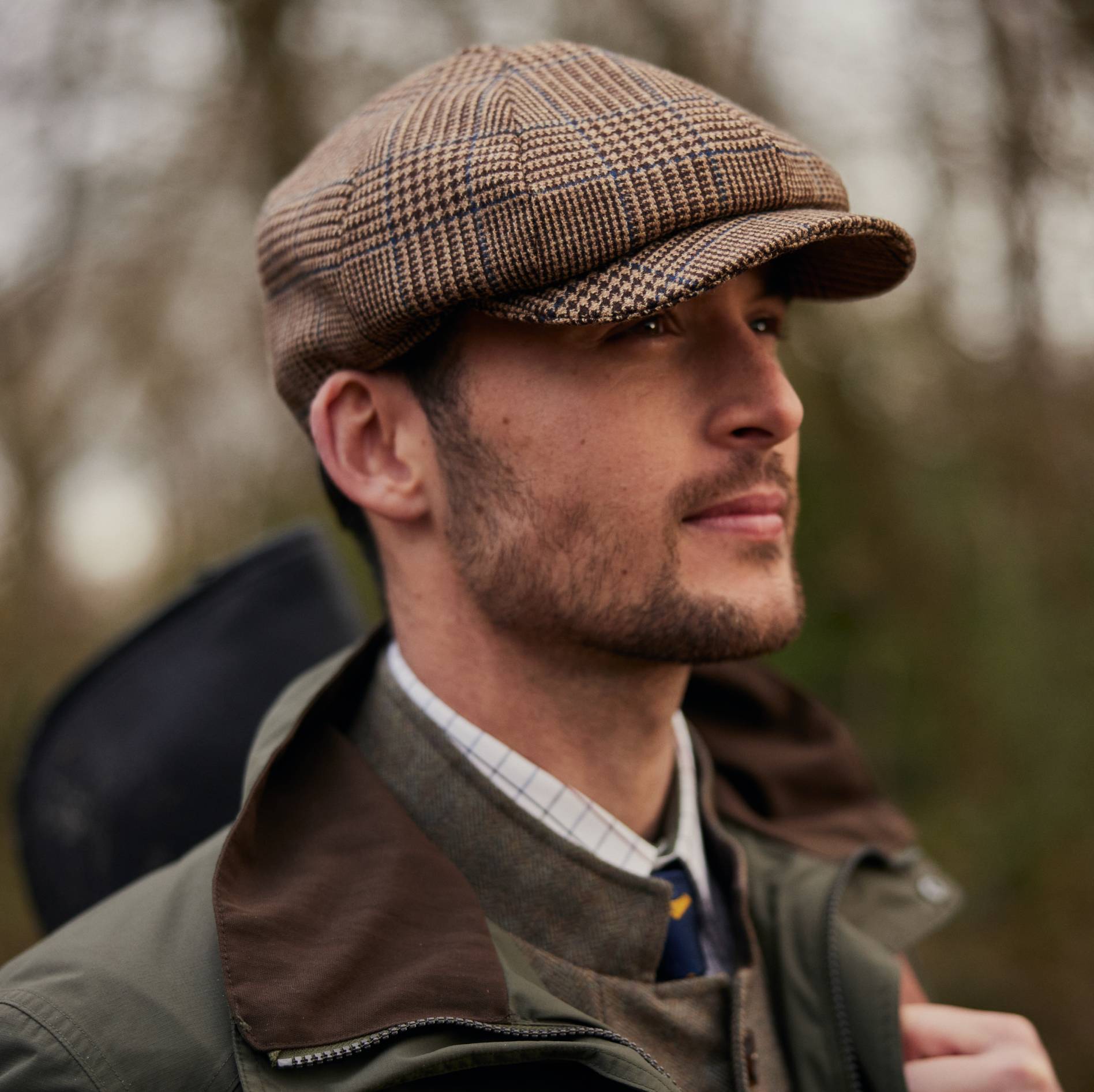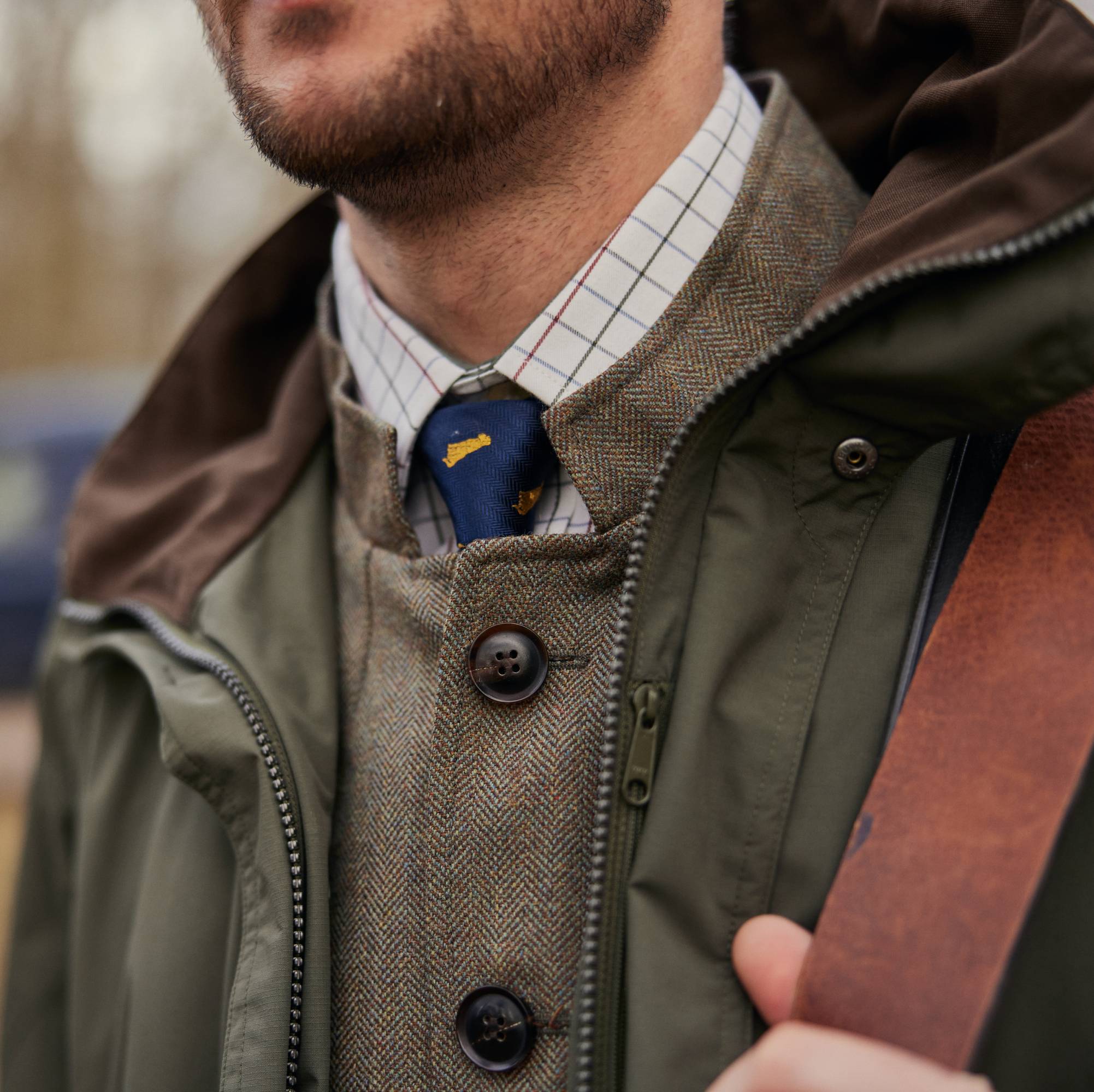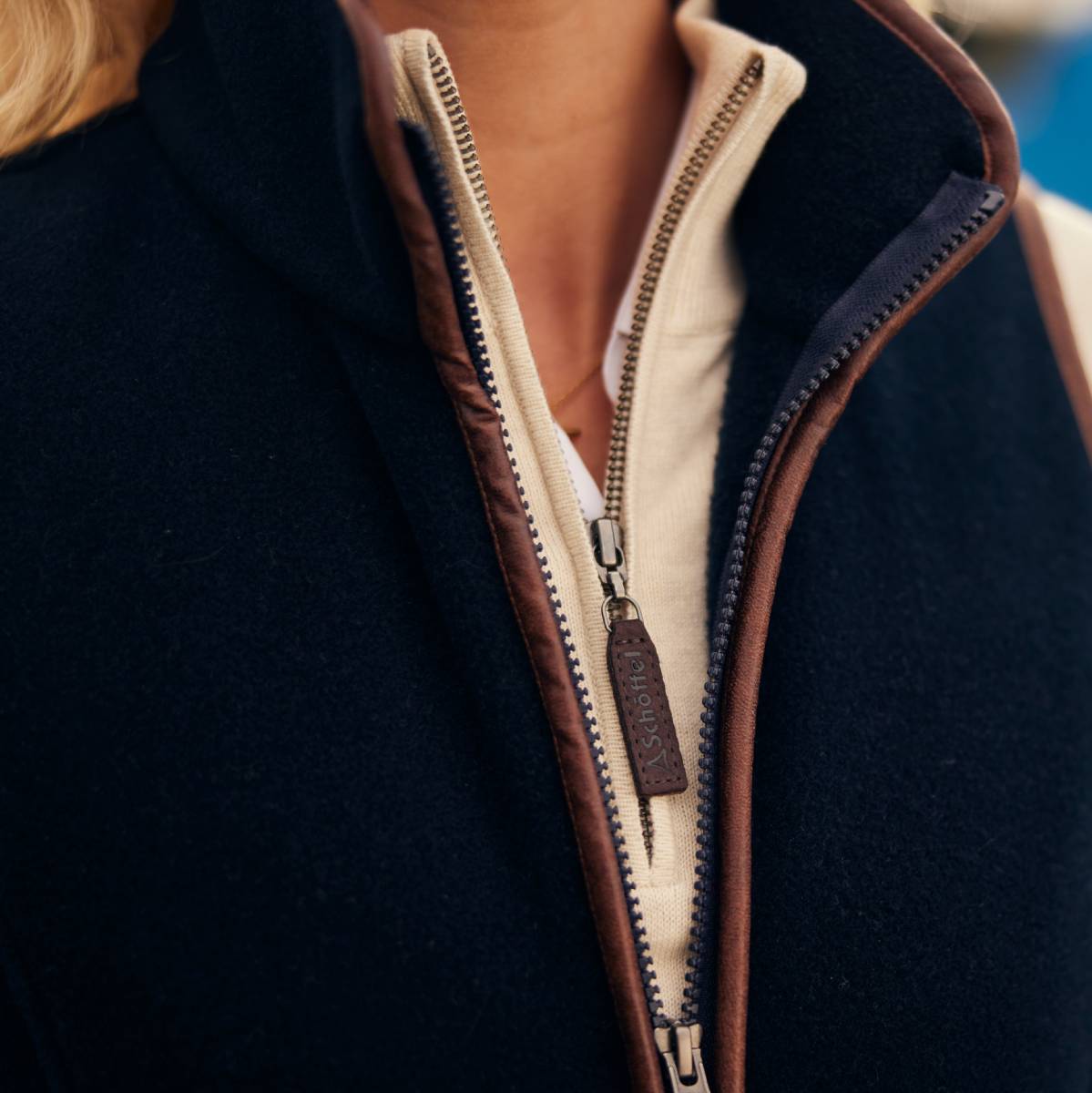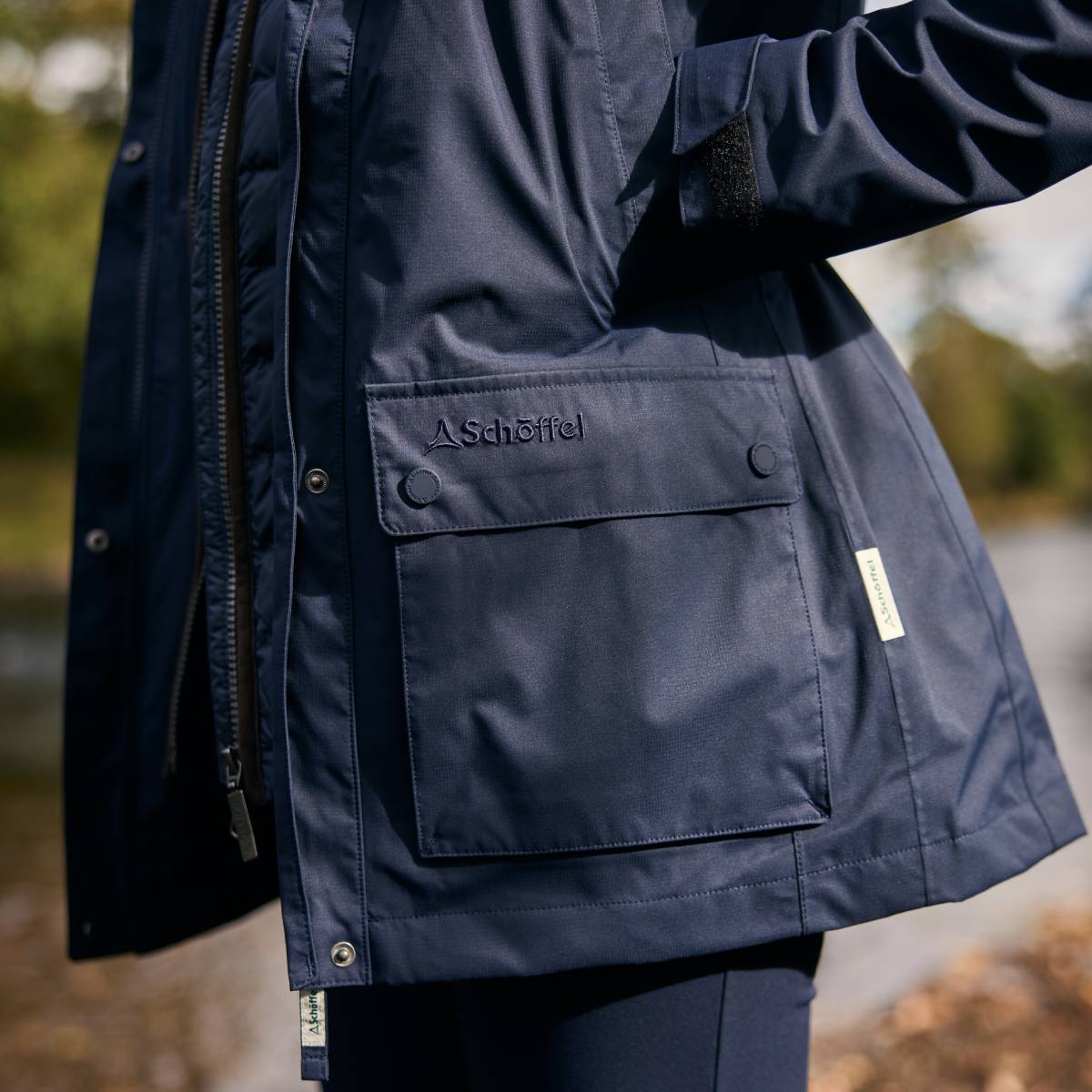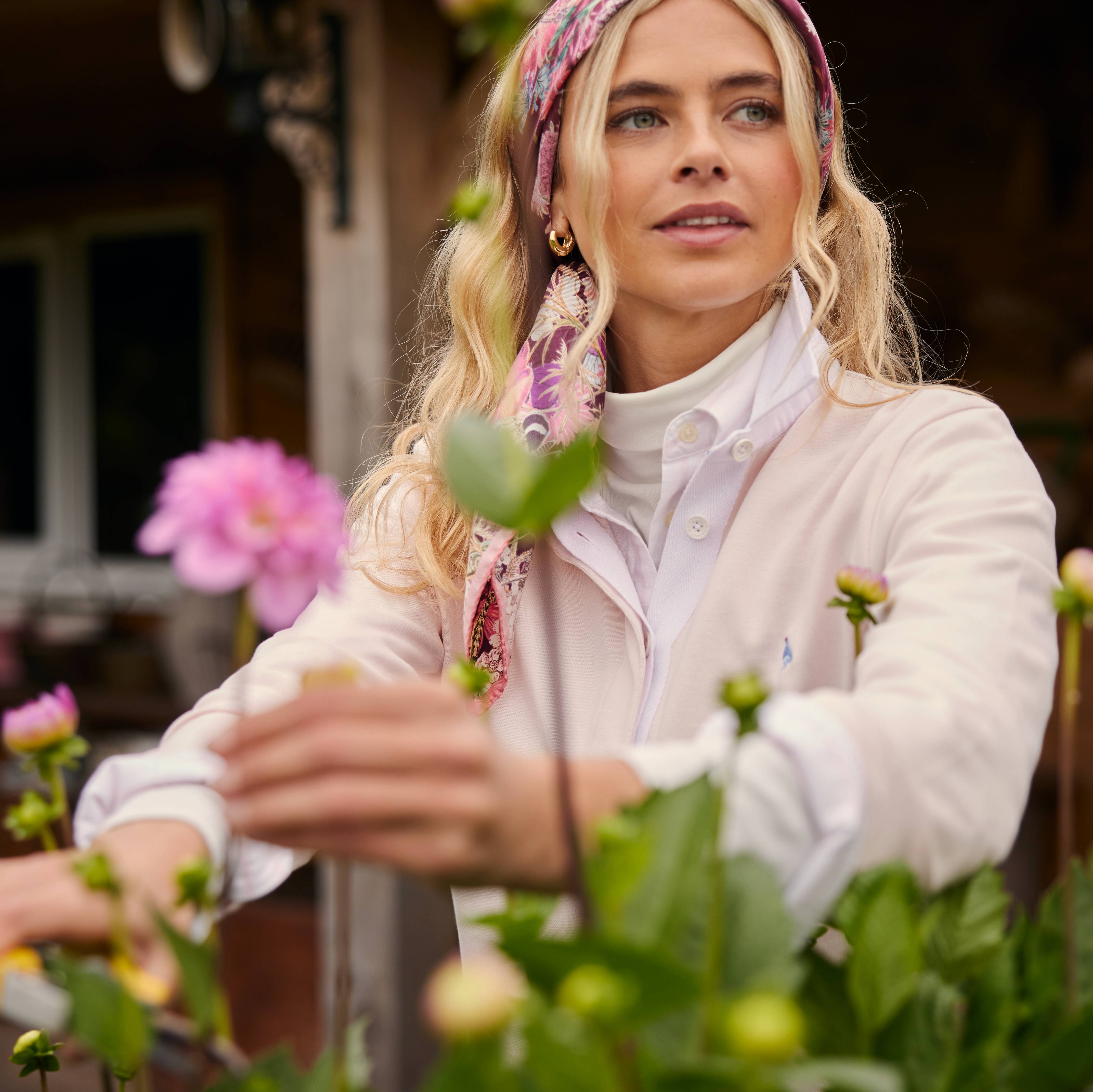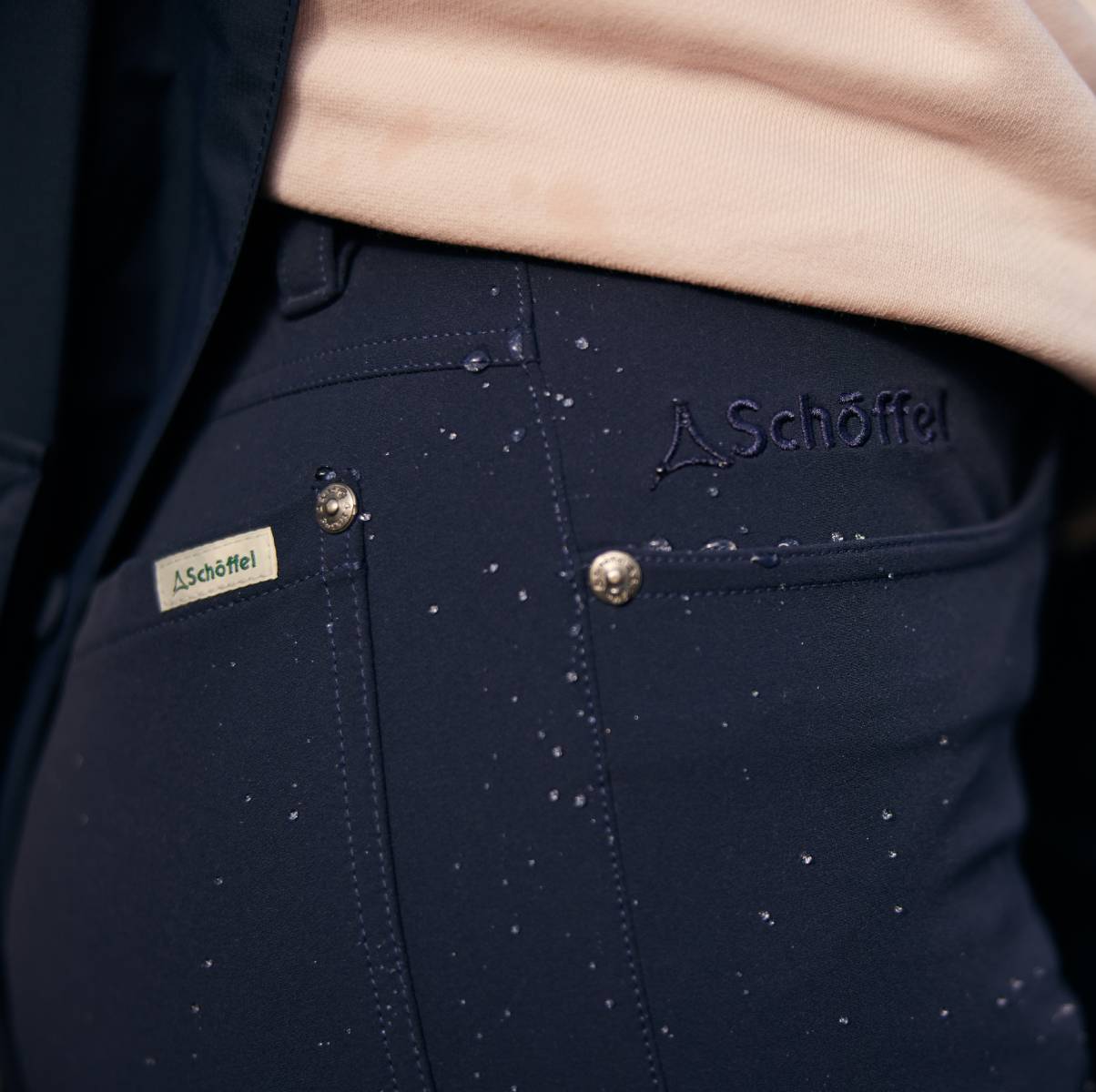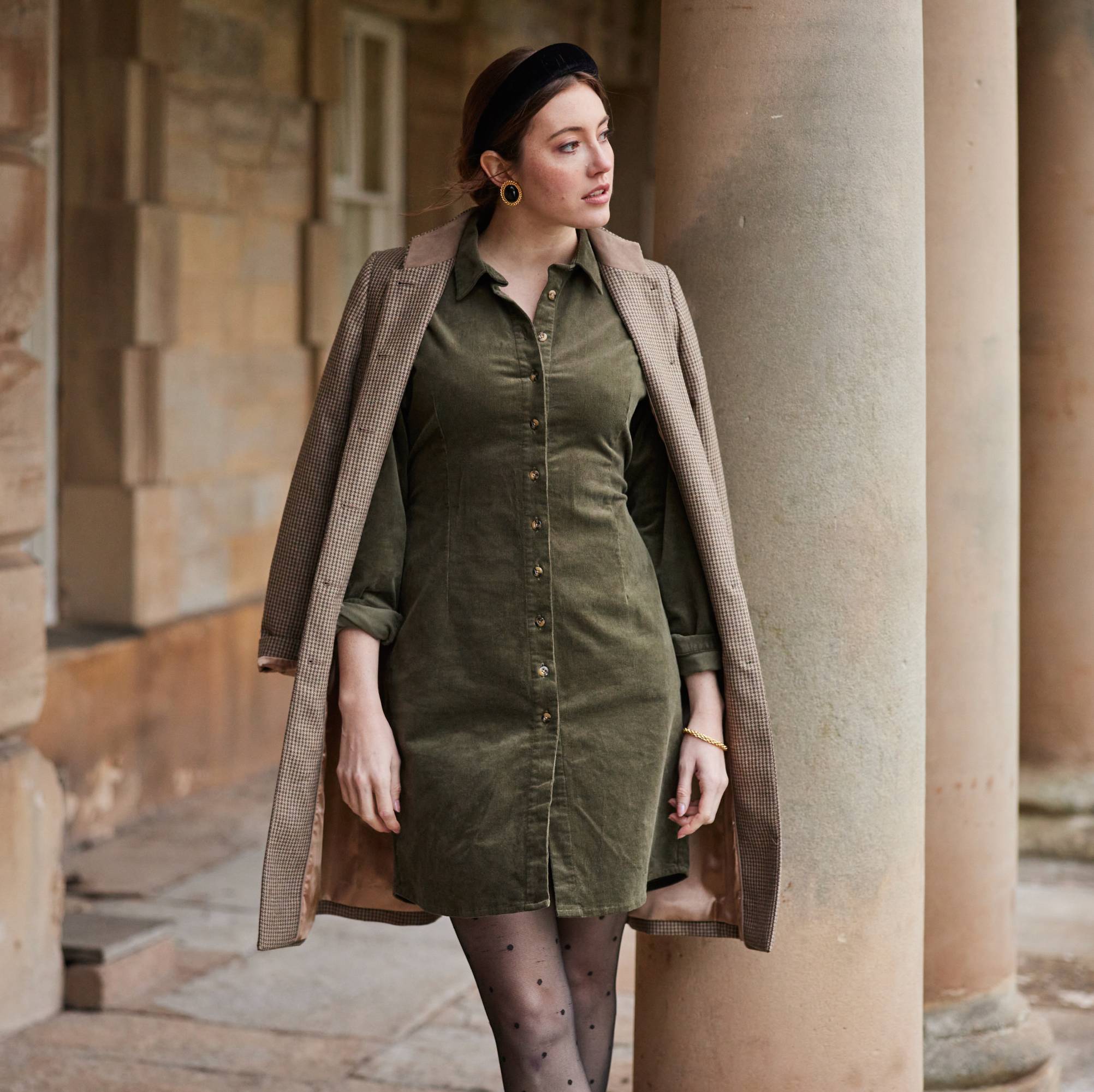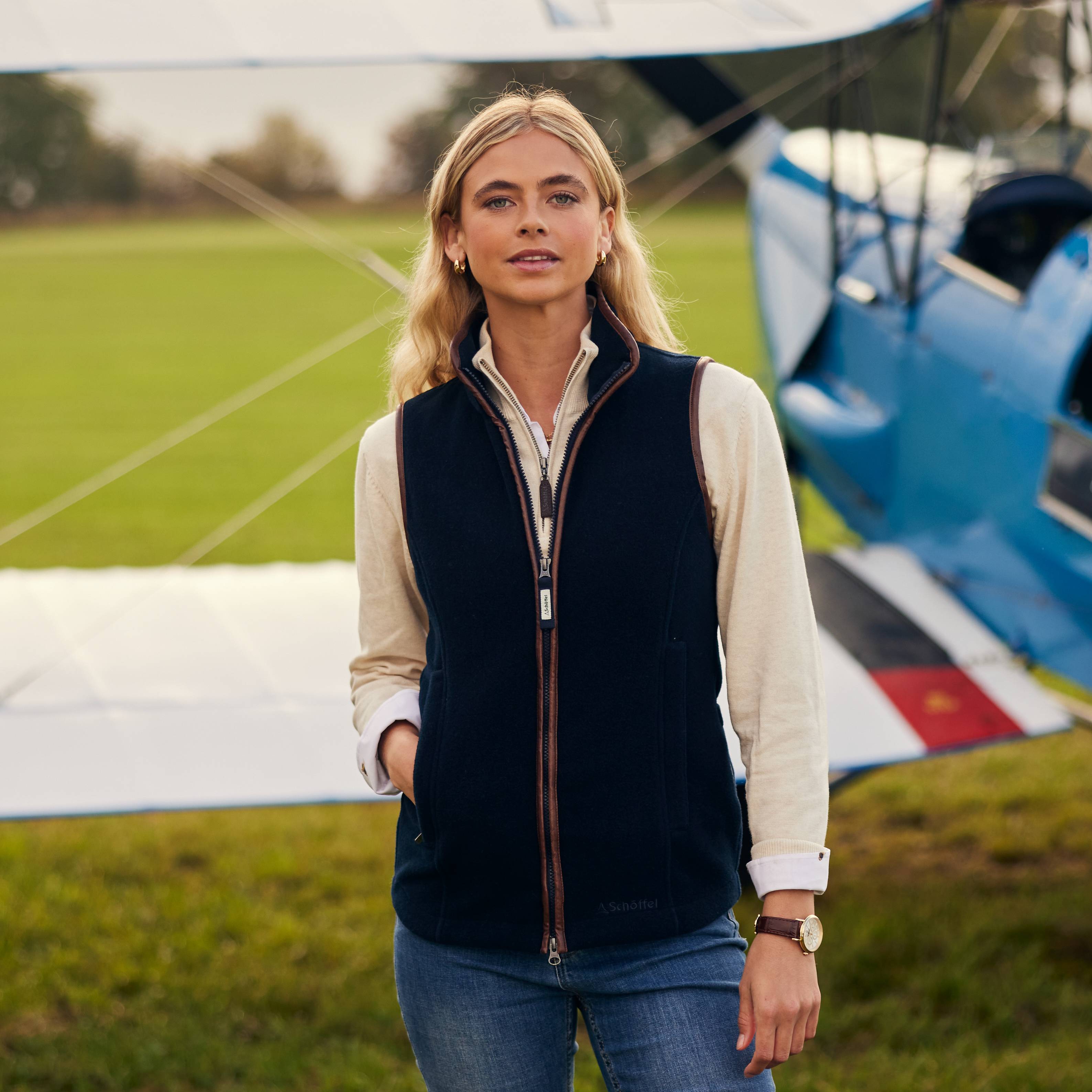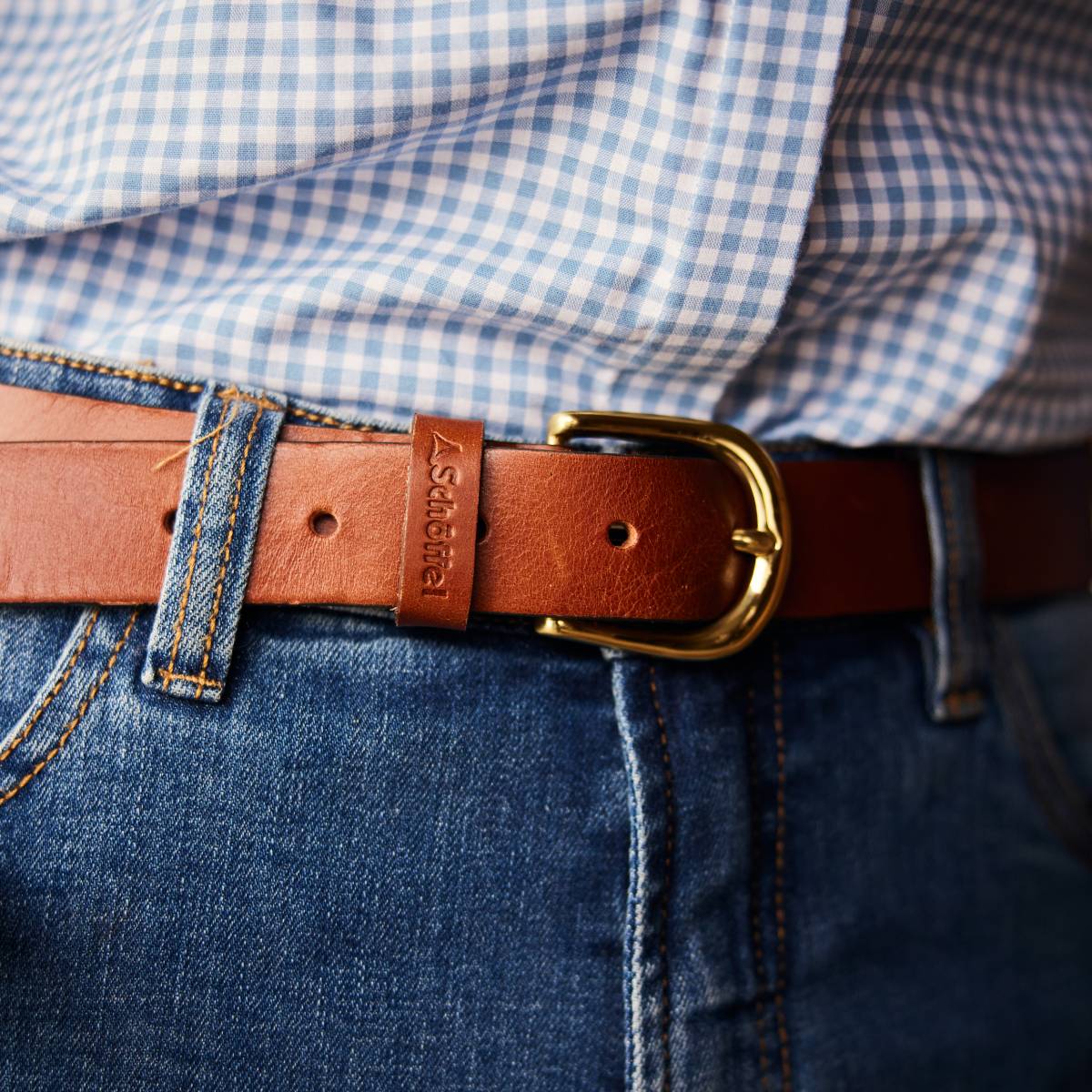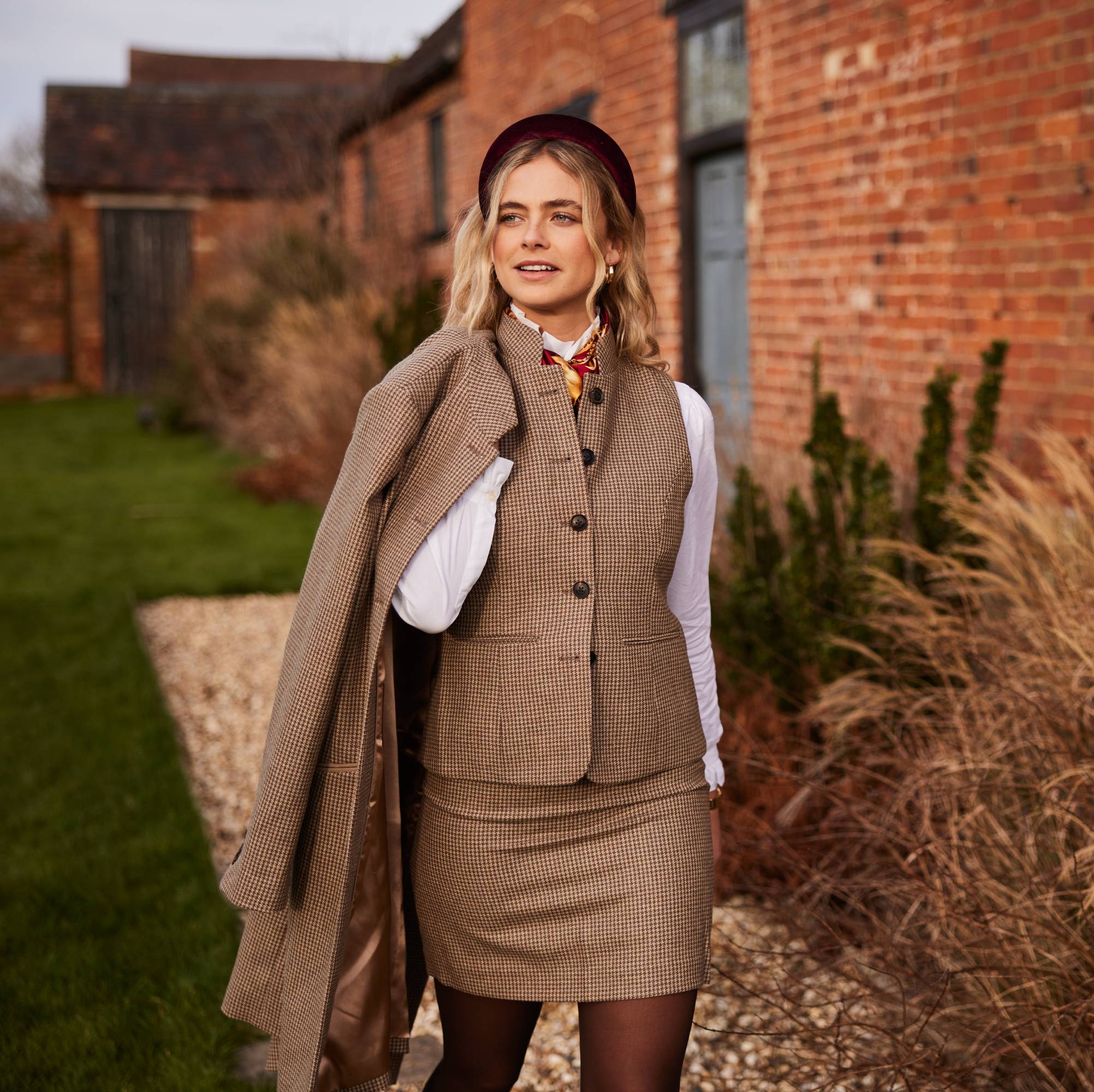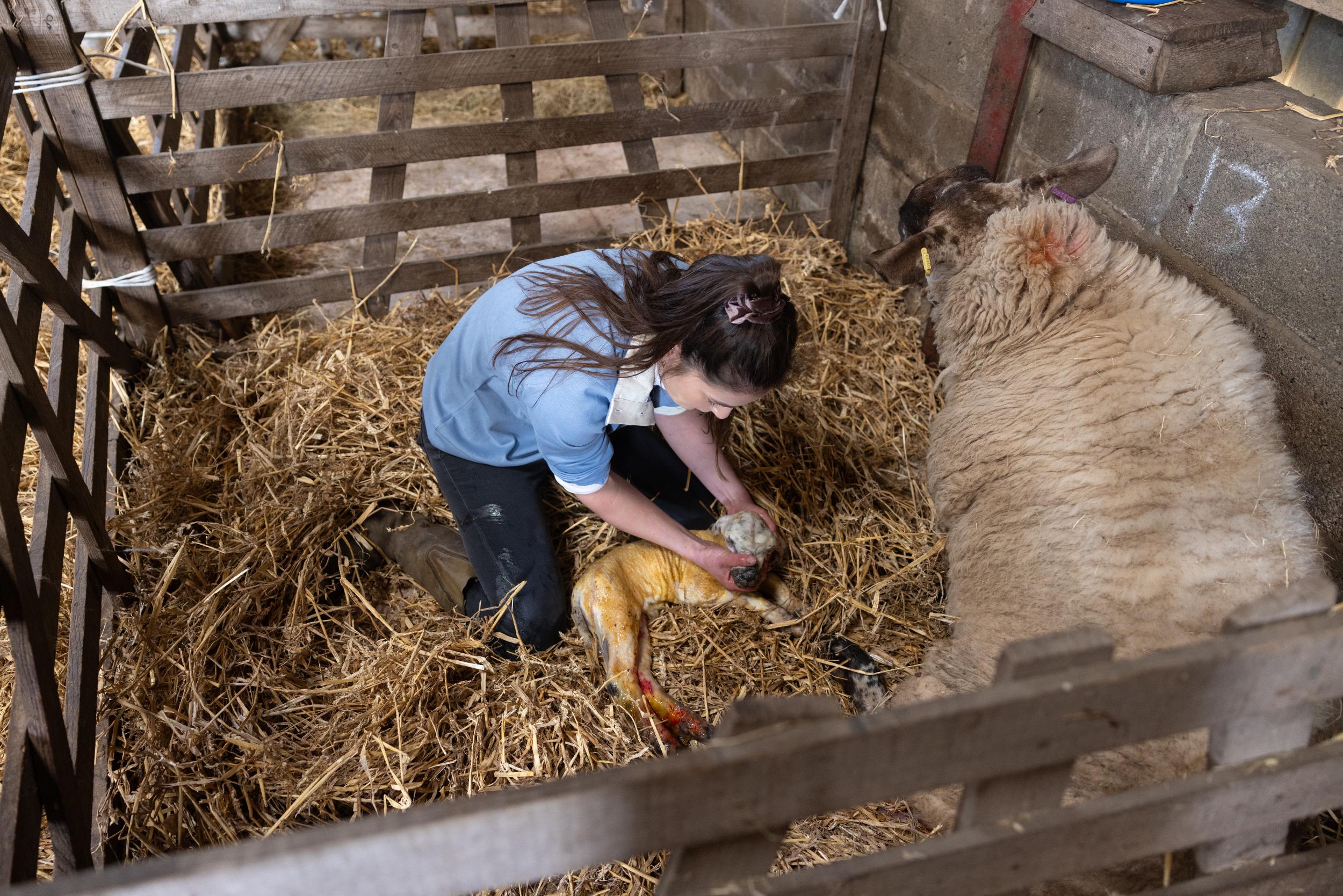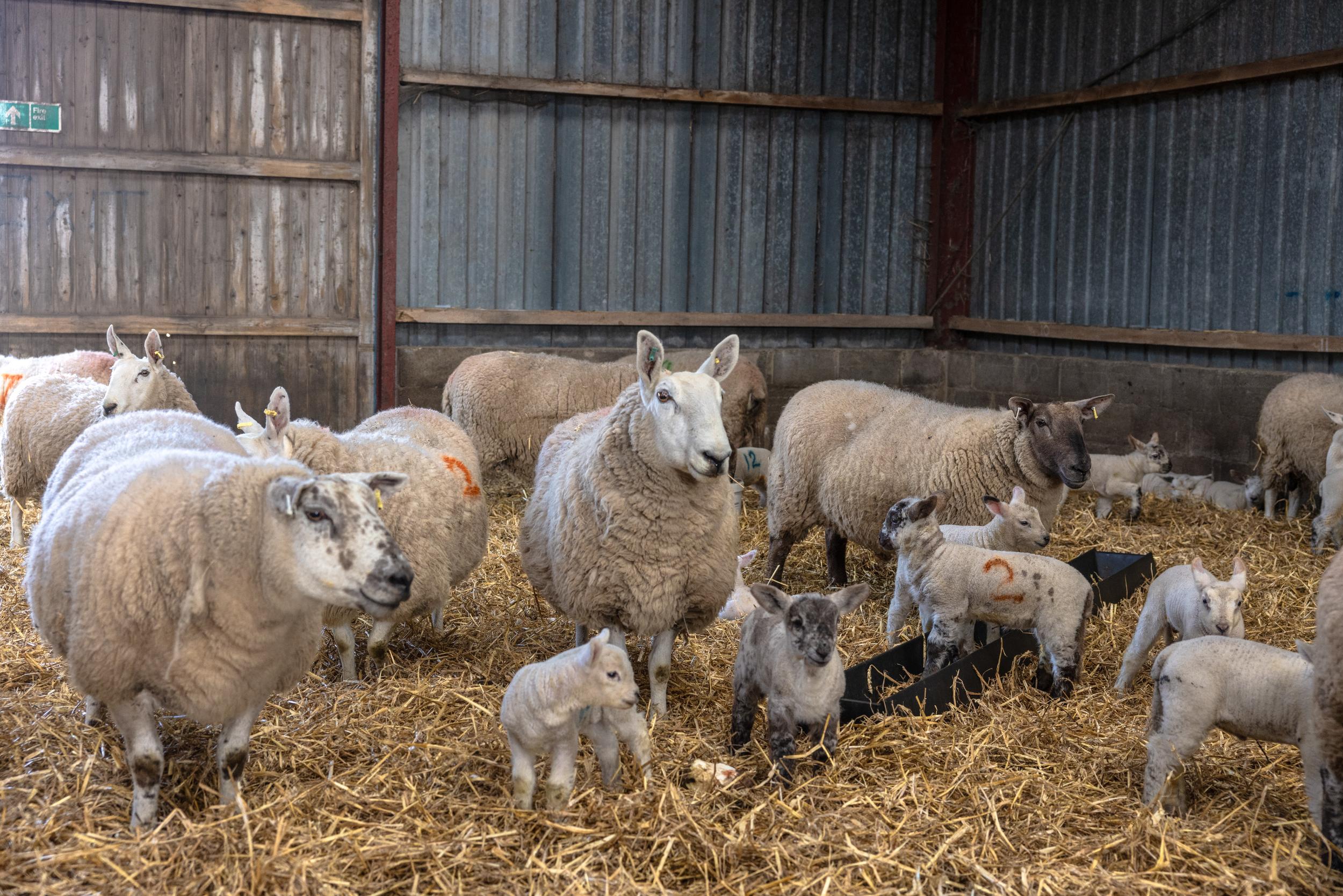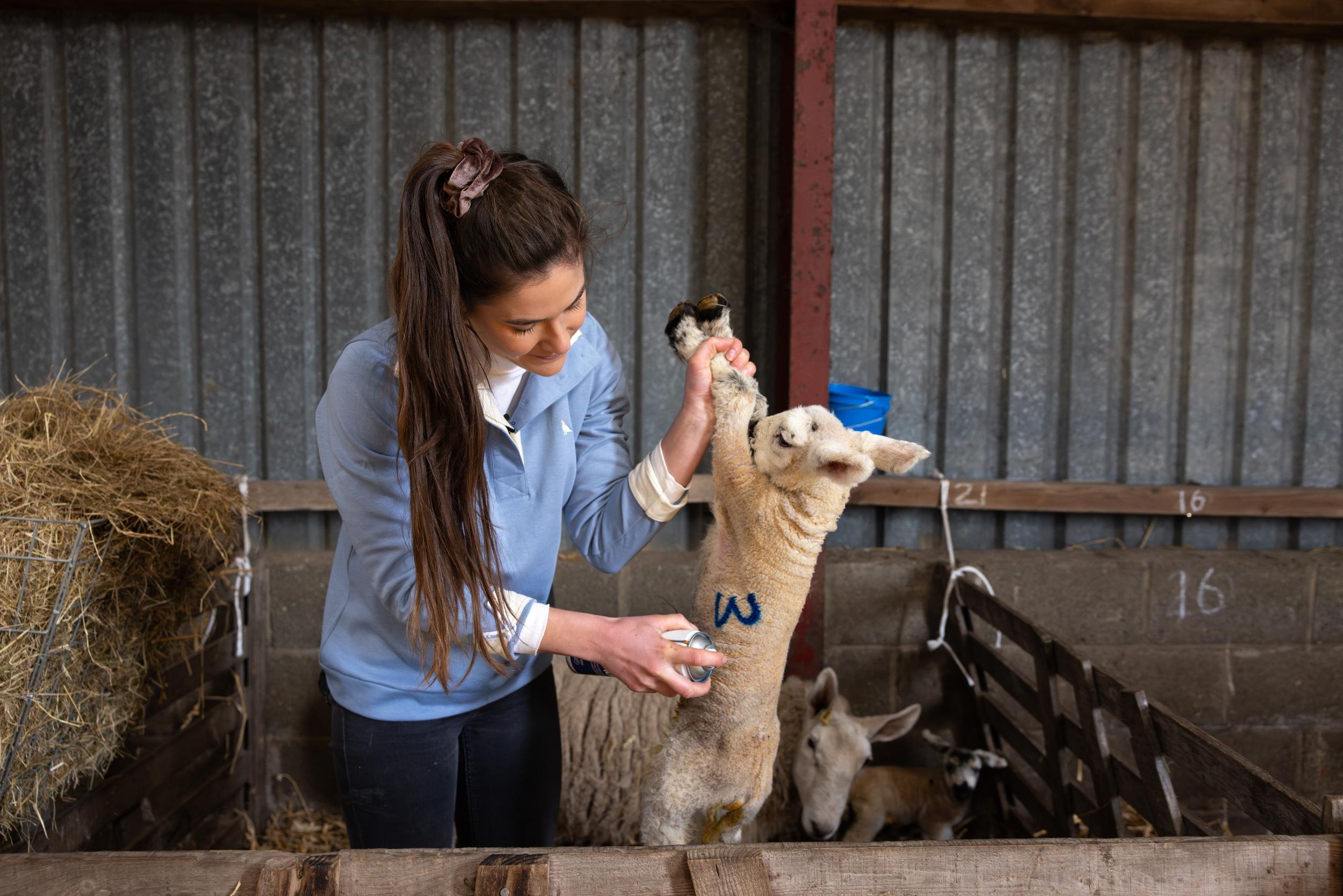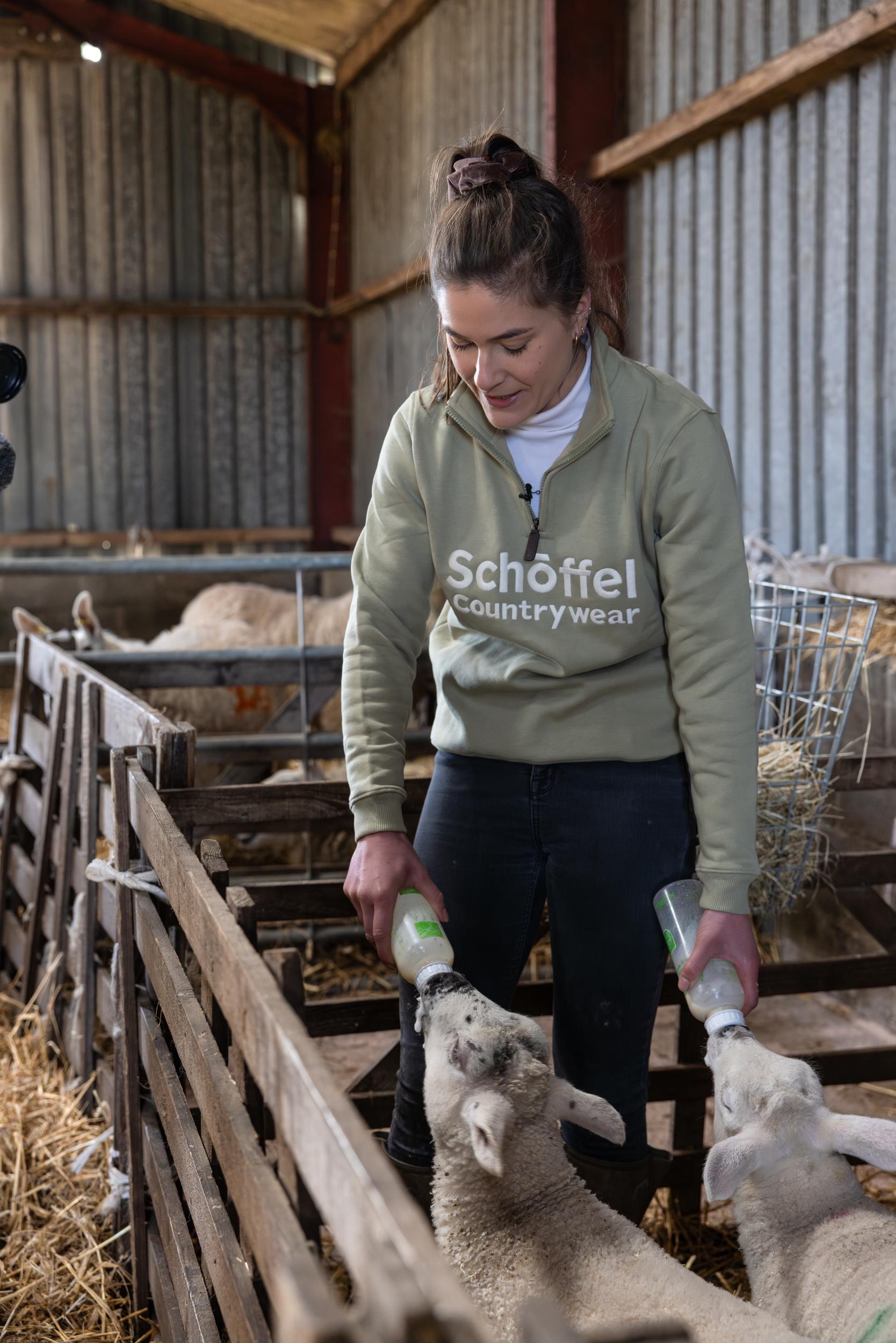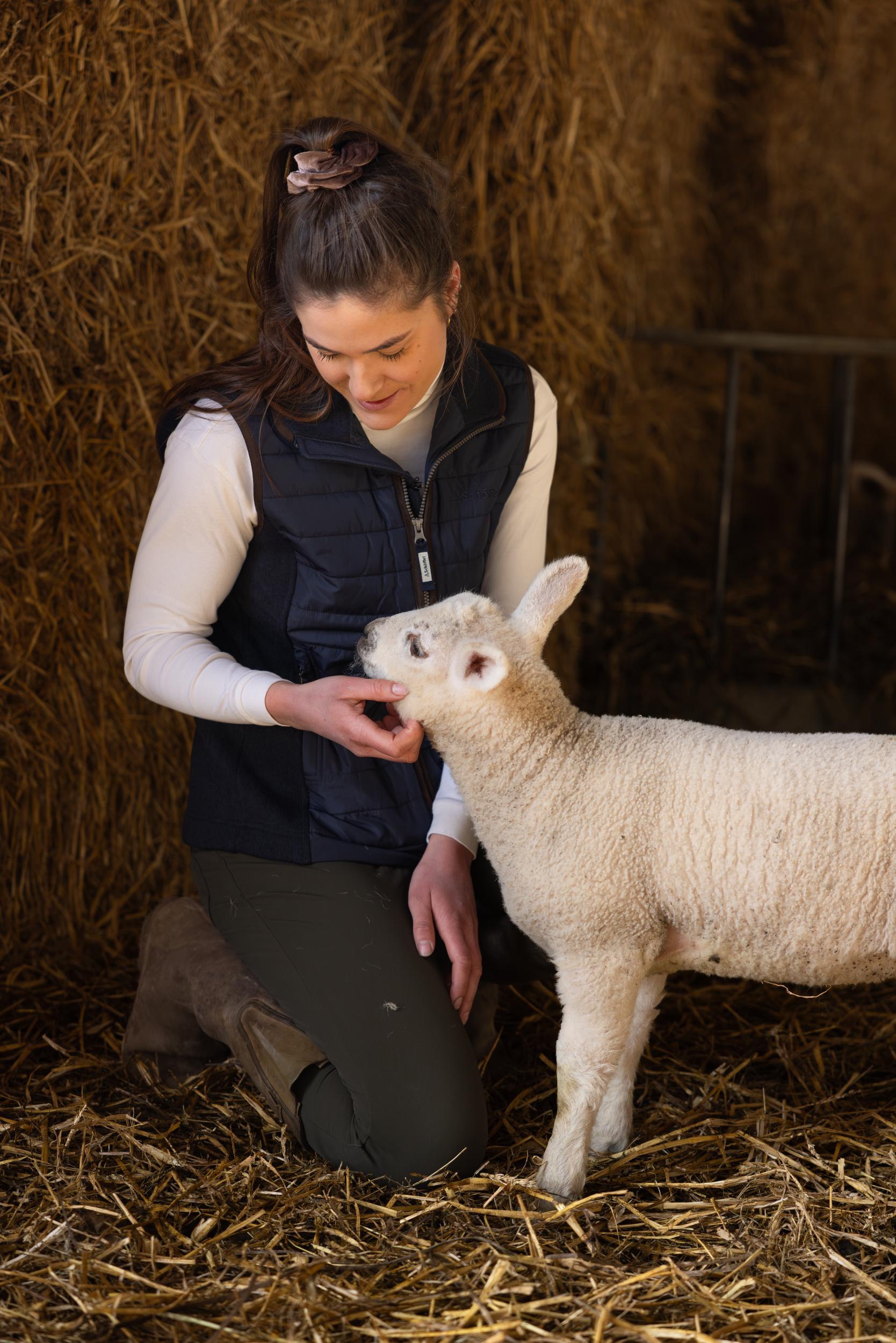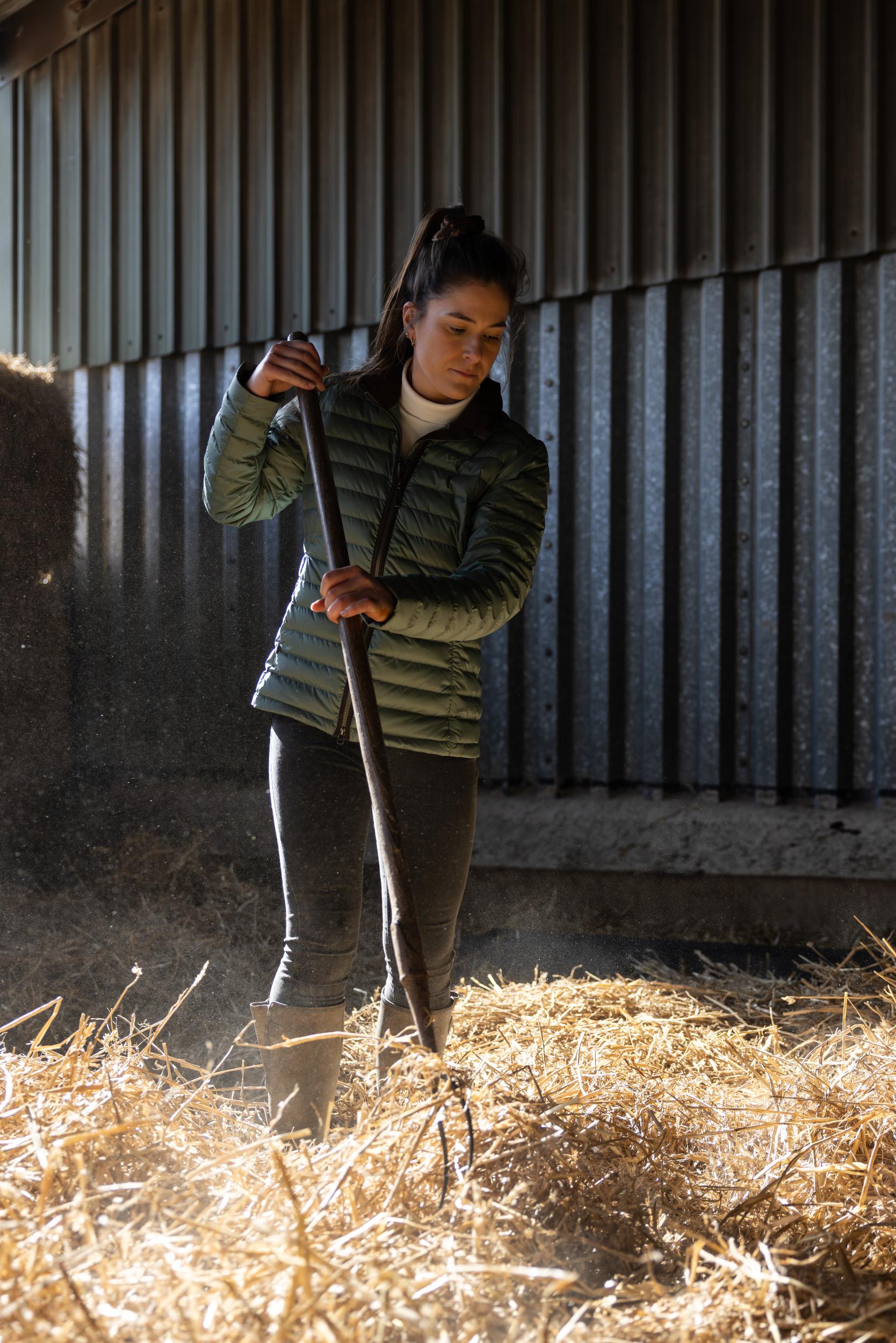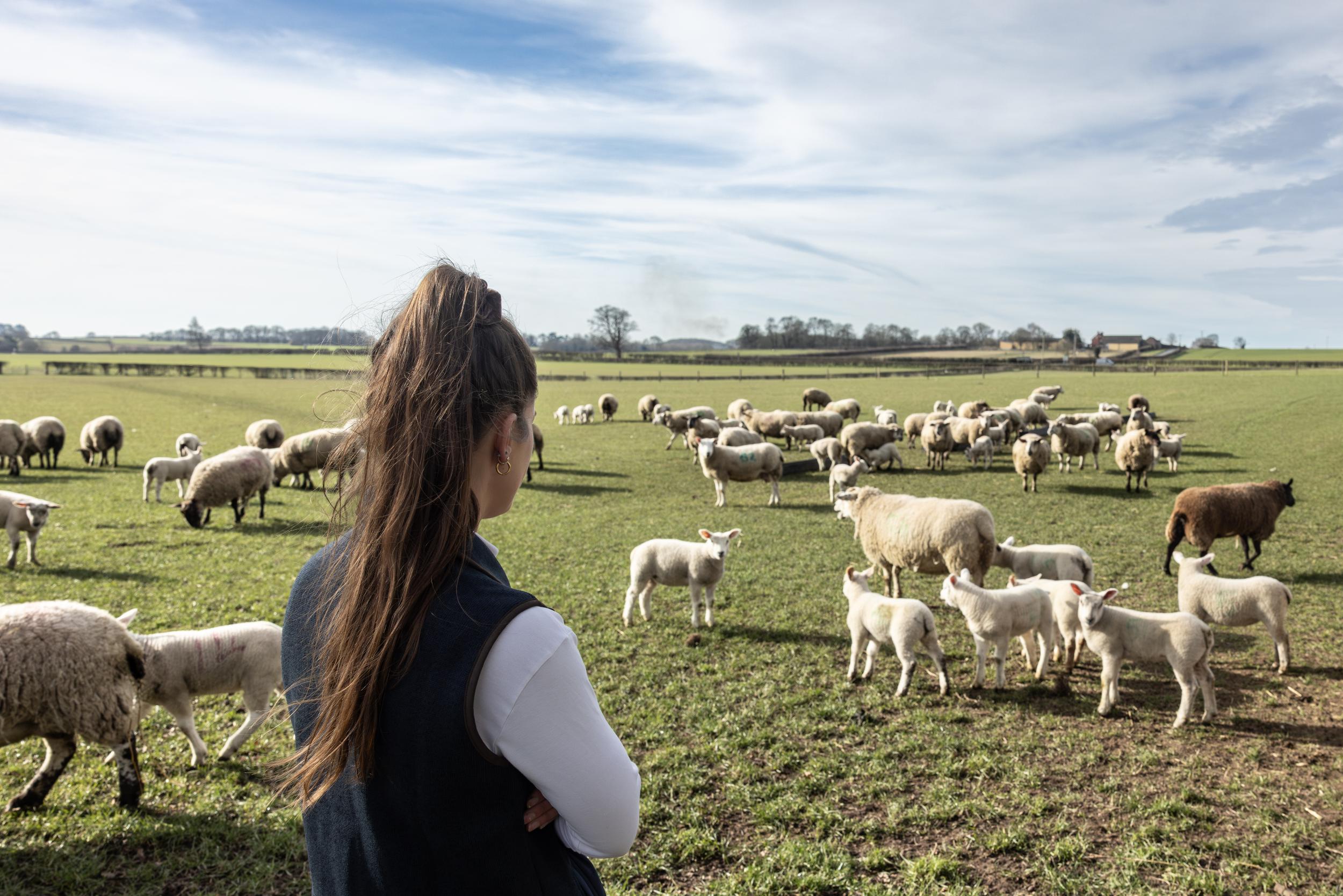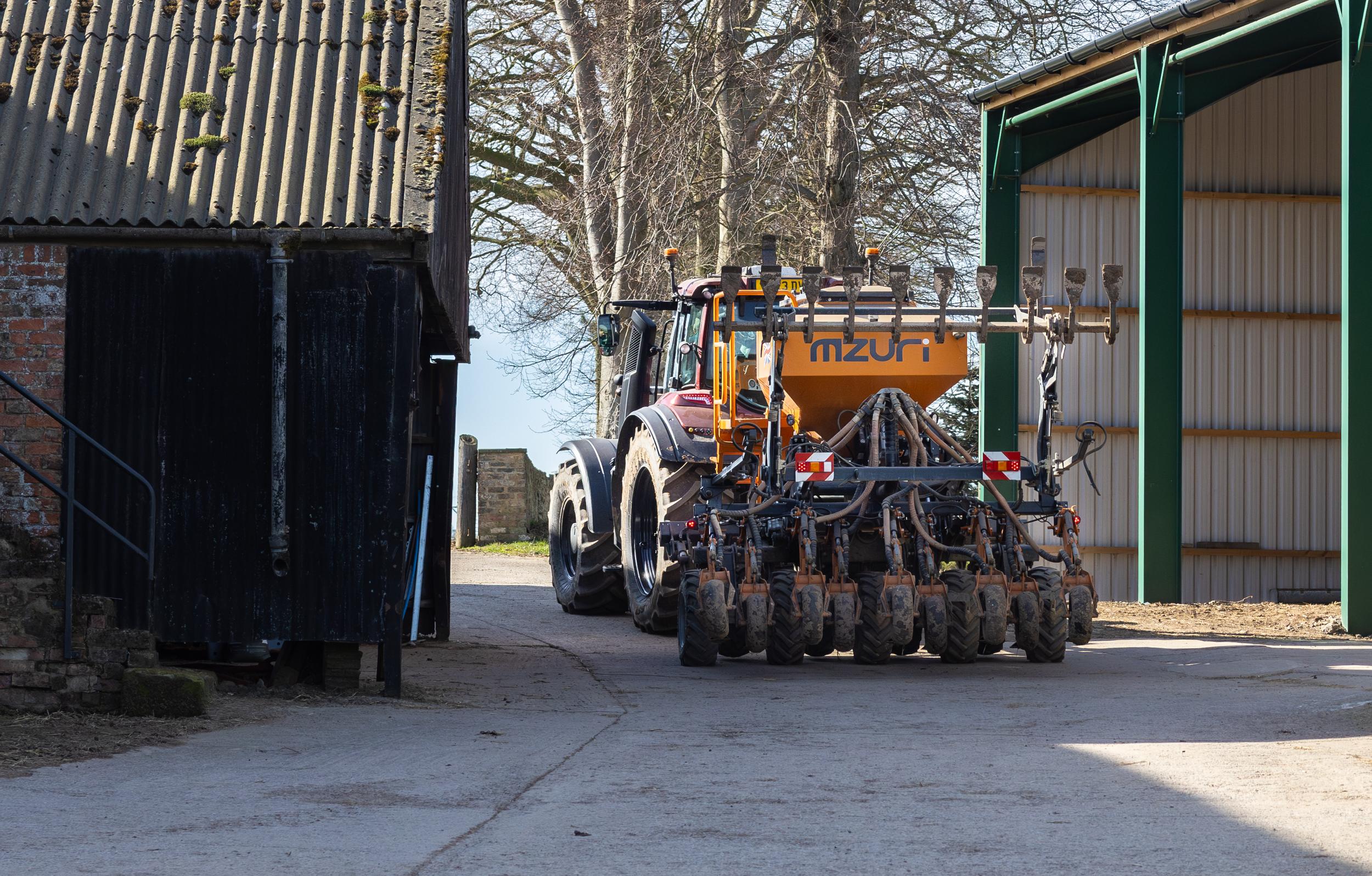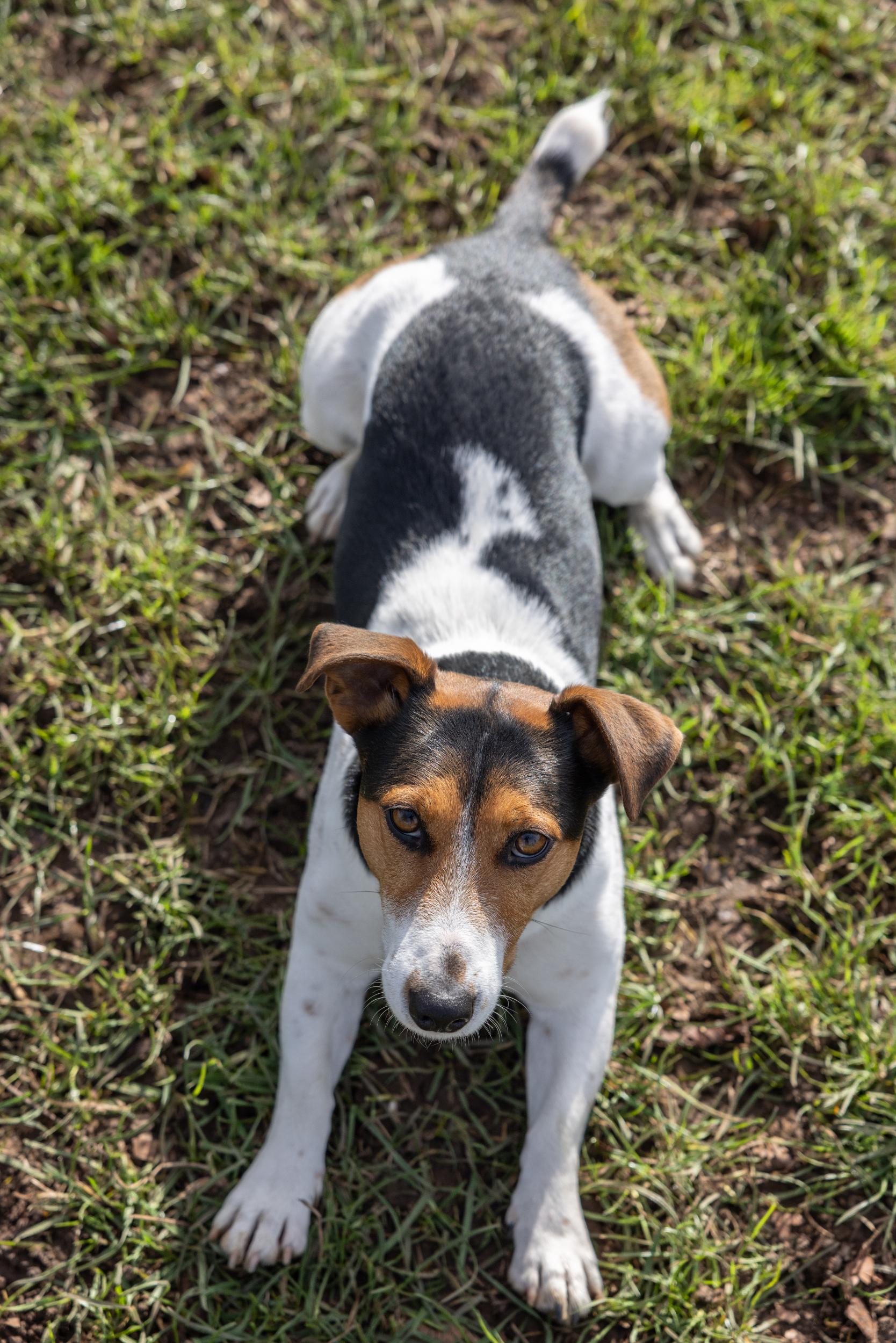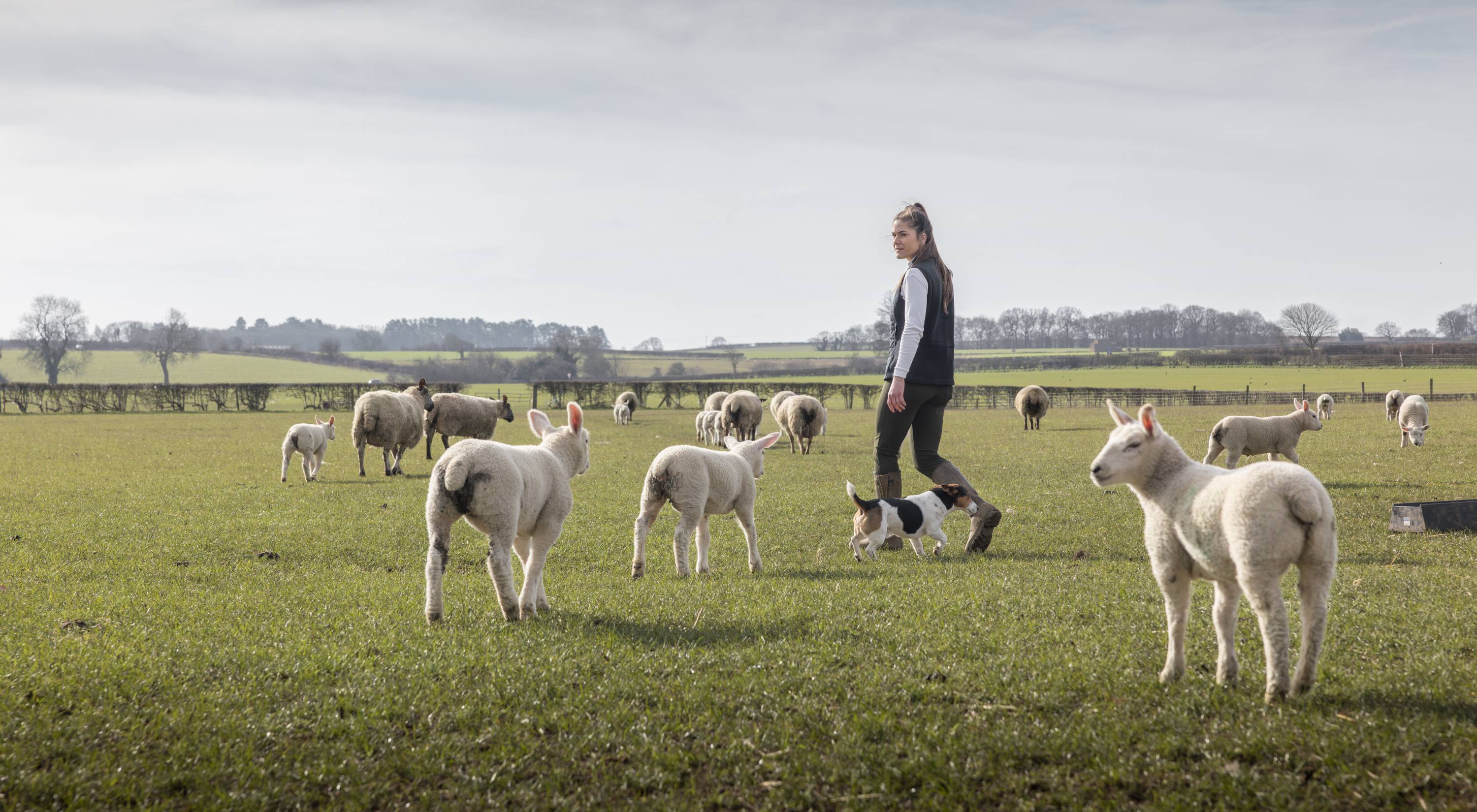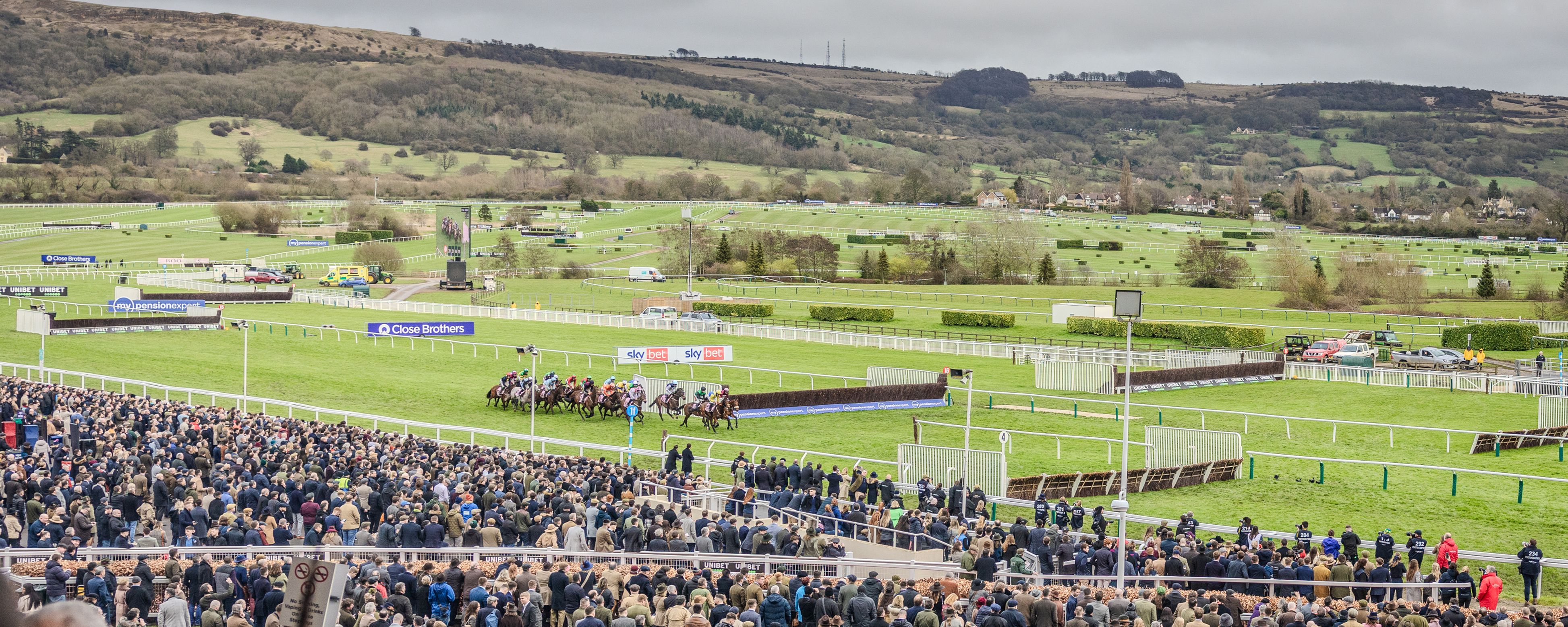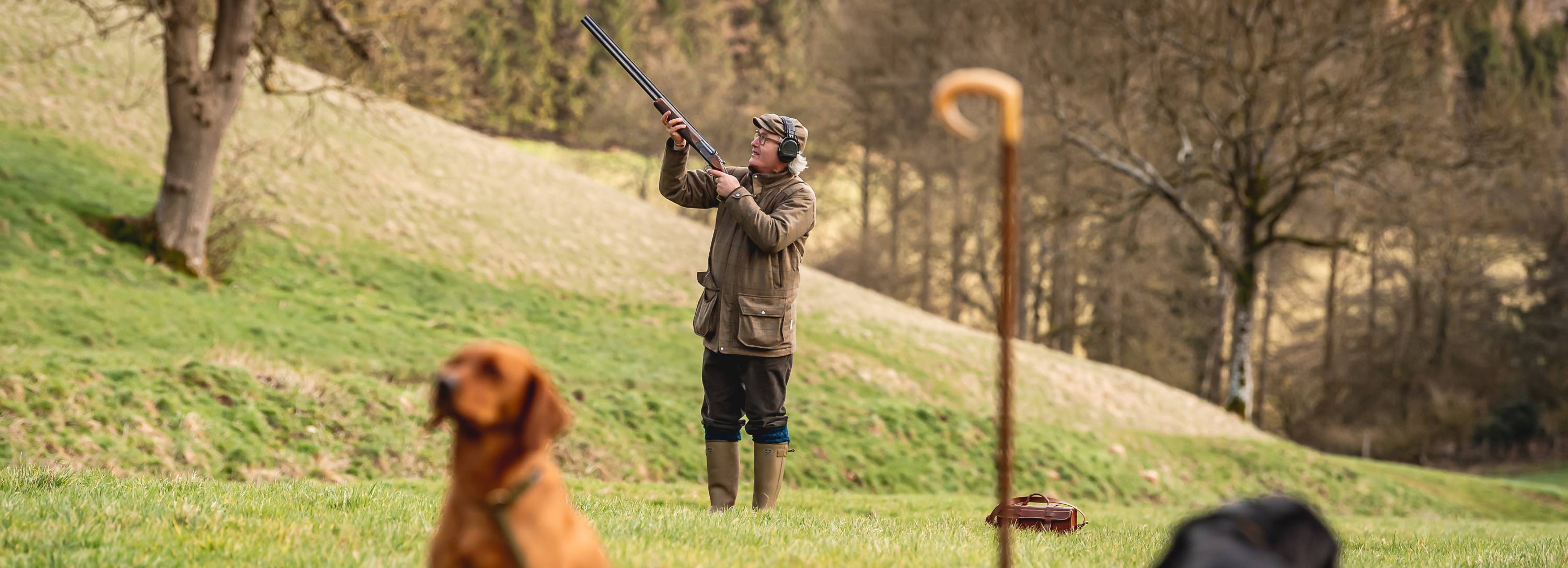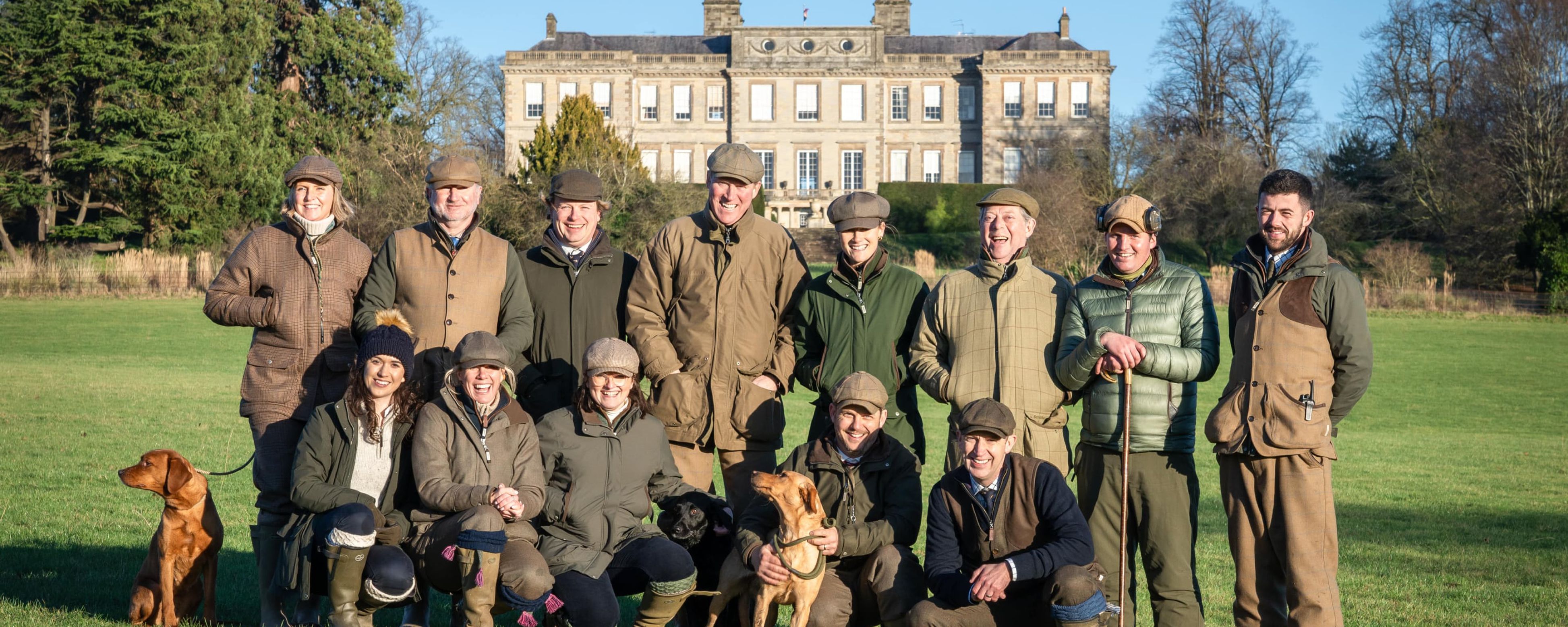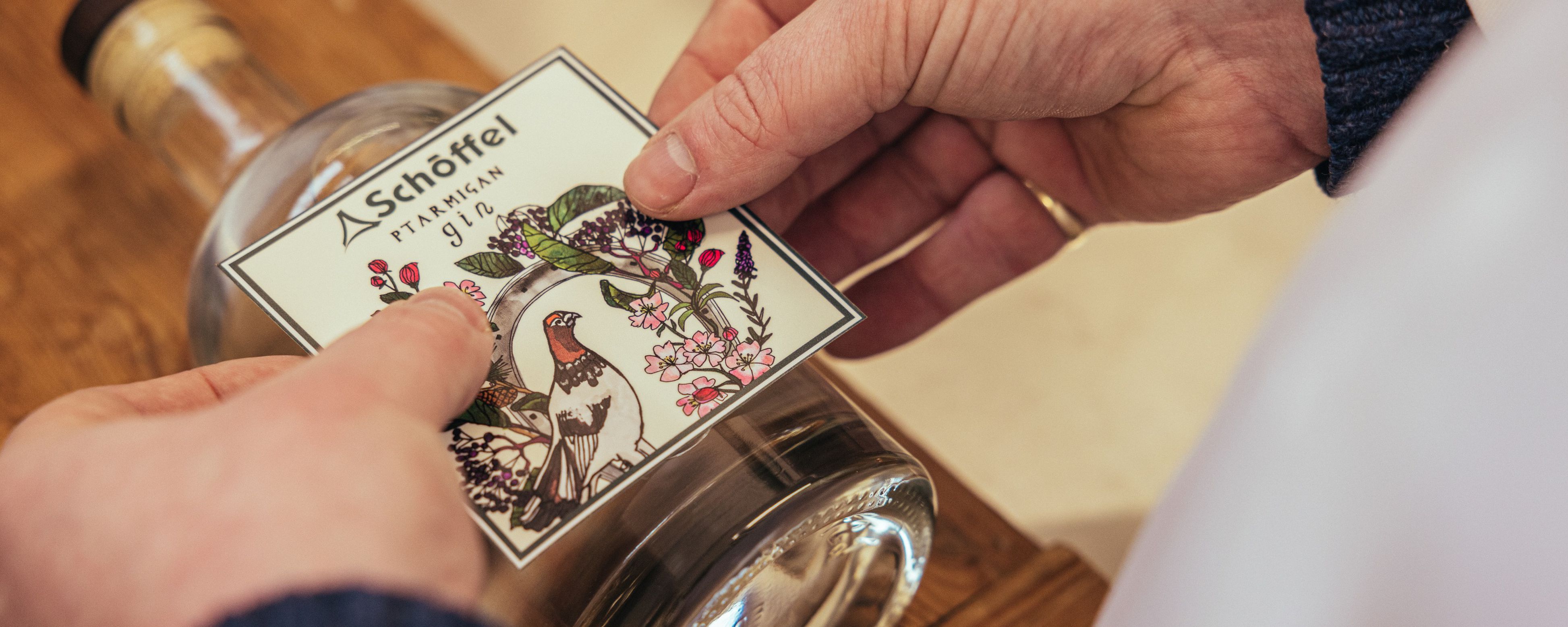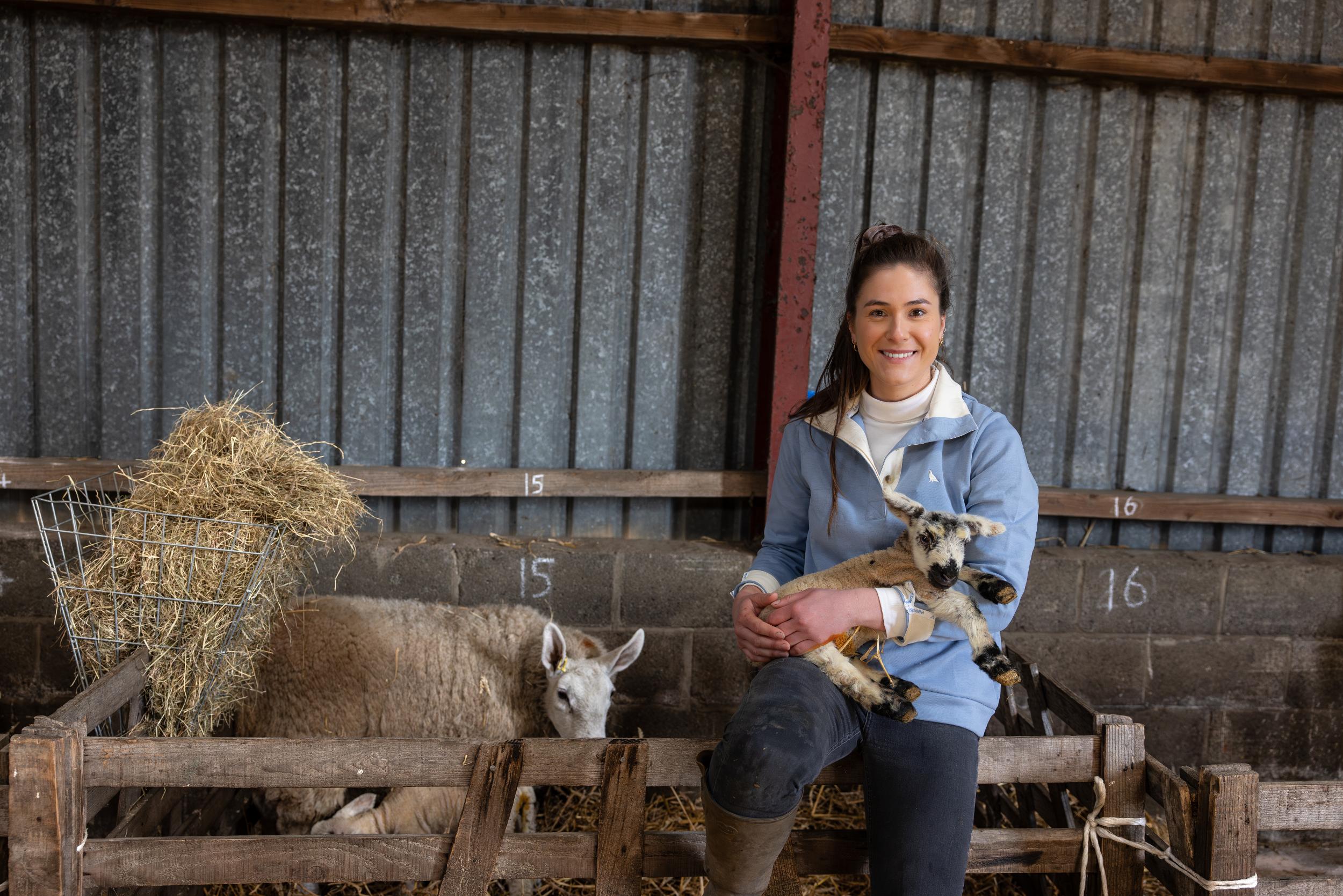
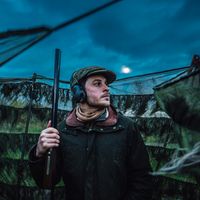
Join us in the lambing shed – with Rebecca Wilson
We recently visited fifth-generation farmer Rebecca Wilson at Hundayfield Farm in the Vale of York. It was lambing time, and the sheds were a hive of activity – a period best summed up, we think, in a series of images and short films...
“We’re seeing new life every day at the moment,” said Rebecca, as she washed her hands up to the elbows and the soon-to-be-mum in the pen behind her shuffled in the straw.
We were lucky. Lambing season at Hundayfield Farm was slowly coming to an end – most of its inhabitants had given birth – and yet, there we were, finding the best angle from which to capture Rebecca delivering one of the very last lambs to camera, right on cue.
The fifth generation of her family to farm on those 600 acres in the Vale of York, Rebecca had clearly already been busy by the time we arrived that morning. Her father was readying the drill for an afternoon on the tractor. It was all go.
The sun was shining, it was mild for early March, and the farm was a hive of activity. As we walked from one shed to the next, Ralph the Jack Russell tottering on ahead as though he knew the agenda, Rebecca reflected on her way of life.
“I’ve been back on the farm full-time now for approximately four years,” she explained. “And I wouldn’t have it any other way.
“Sure, the life’s sometimes tough, and not everything goes to plan, but we’re also at the cutting edge of technology. We’re able to provide solutions when it comes to the environment and biodiversity. And it’s a real privilege to be able to call this place my home and my workplace...”
Rebecca is an interesting character. She was recently named one of the 30 most influential young people under 30 in the UK on The Times’ Young Power List. But we’ll save the in-depth profile of her for another time. For now, a closer look at those lambs...
Rebecca makes sure the amniotic sac, which typically ruptures during birth, is broken, so the lamb can breathe. After a nice cough from the lamb, which helps to clear its airways, the ewe’s instinct to lick the newborn – in this case a tup (male) – dry and begin the bonding process kicks in straight away. The first time Rebecca helped deliver a lamb, she was just three or four years old. Since then, she has lambed thousands of ewes.
After being born, the lambs are kept in individual, smaller lambing pens with the ewe. This gives the new mum chance to bond with the lambs without the distraction of other sheep running around. It also allows Rebecca to gauge how much the ewe is eating after giving birth. Once the lambs are a day or two old and Rebecca is happy the mother is eating well and the lambs are suckling properly, they are moved to the nursery pen (above).
All the lambs and ewes are numbered using a spray marker, so they can be reunited if separated and, if there is a problem further down the line, Rebecca is able to pick out the right lamb and its mother and administer any treatment or medication if required.
Pet lambs Hogg and Sabrina are coming up to weaning age and are now eating pellets and grass as well as the milk Rebecca continues to feed them. Hogg was born very prematurely, and Rebecca initially had to feed him just a few mil of milk every couple of hours throughout the night. Sabrina was from a set of triplets, and the ewe couldn’t feed all three. Pet lambs come with the territory of lambing time, but, as Rebecca was quick to point out, she’d much prefer it if they could stay with their mothers from day one.
The ewes (females) are predominantly Suffolk crosses, which are put to a beltex tup. Together, these breeds produce well-finished, well-built lambs that are sold through the live weight system in summer.
It's not all plain sailing. Mother Nature has her say, too – there are deaths, and the weather doesn’t always play ball. It’s the farmer’s job, Rebecca says, to do everything they can to prevent deaths from happening. Iodine, probiotic paste and the like help at lambing time, and then making sure the lambing pens are well cleaned and the ewes are in good condition, gives the sheep the best chance to flourish. Twins are the ideal, but single lambs and even triplets are not uncommon. Some ewes require a more hands-on approach at lambing time than others.
Nights are spent in the shed with racks full of hay and warm straw bedding. Providing the weather is favourable, the flock is then turned out in the day for some sun and grass.
Like other farming families across the UK, at Hundayfield farm Rebecca and her family are tied to the seasons and the weather. When we visited, they were nearing the end of the lambing period, but there was plenty to do on the arable side of the farm, with spring drilling well underway.
We can’t forget about Ralph. Almost definitely the best-behaved little farm dog we’ve come across, the characterful Jack Russell is, Rebecca assures us, a great companion. Aloof with the other animals, sensible around the machinery, and mustard on rats, we had to mention him.
You can read Rebecca’s guest blog article about the challenges of farming, here.
Why not watch the short videos we captured during our time at Hundayfield Farm? The series includes a start-to-finish film of Rebecca delivering two lambs while we were there.
